The Winners of the 1st Edition of the BLT Built Design Awards have been revealed!
The program is becoming a global reference in the construction industry, representing the best of 2021 Architecture, Interior Design, Construction Product Design and Project Management.
Los Angeles, CA – The renowned Farmani Group, along with 3C Awards, is pleased to formally announce the winners of its first edition of the BLT Built Design Awards.
BLT Built Design Awards recognized the expertise of all professionals involved in the realization of outstanding projects; from Architecture firms, Interior design experts to construction products, and project management.
The prize encompasses all forms of buildings, projects, and infrastructures that cope with today’s urbanization challenges and inspire the next generations. This annual program aims to celebrate Projects, People, and their passion for the industry, through our rigorous judging process, we recognize those that have gone above and beyond.
The submissions for the 1st edition of the BLT Awards closed end of September 2021, leaving the jury panel composed of 40 experienced architects, designers, developers, academics and media representatives to select winners in each category. The program received over 450 submissions from 54 countries in the first year alone.
“Through the BLT Built Design Awards, we aim to focus on celebrating projects, people and their passion for the construction industry. This is one of the most inclusive and comprehensive programs in the field.” said co-founder and Program Director, Astrid Hébert. “We aim to raise awareness to all professions involved in the realization of new infrastructures as well as encouraging young and emerging talents”.
On Saturday 13th of November, Mr. Hossein Farmani, Founder of Farmani Group and Ms. Astrid Hébert, Program Director have announced the winners: Benthem Crouwel Architects with The Dutch Charity Lotteries office won the “Architectural Design of the Year”, Foshan Topway Design with the exhibition “Naturalism creates a magic wonderland” was awarded ” Interior Design of the Year”, Tubmarine/Kebony for The Tubmarine and Kebony wood received the “Construction Product of the Year” while the company Monograph won the “Project Management of the Year” for Resource by Monograph.
In the student section, Mariam Abbadi received the Emerging Architect of the Year title, and Lu Kuan-Ju was awarded the “Emerging Interior Designer of the Year” prize.
About the BLT Built Design Awards:
Farmani Group and 3C Awards assembled BLT Built Design Awards to bring more attention to all professionals involved in the realization of outstanding projects.
The BLT Built Design Awards is a sibling program of the LIT Lighting Design Award (LIT), The International Design Awards (IDA), and The LIV Hospitality Design Awards, all focusing on Architecture, Interior Design and Lighting, which have emerged as some of the most well-known Design Prize today.
3C Awards, a leading organization curating and promoting design across the globe. 3C Awards is part of a larger organization called 3C Group based in Switzerland and specialized in Awards, Marketing, Media, and Events. 3C Group is a sister company to Farmani Group, founded by Hossein Farmani.
On Saturday 13th of November, Mr Hossein Farmani, Founder of Farmani Group and Ms Astrid Hebert, Program Director have announced the winners: Benthem Crouwel Architects with The Dutch Charity Lotteries office won the “Architectural Design of the Year”, Foshan Topway Design with the exhibition “Naturalism creates a magic wonderland” was awarded ” Interior Design of the Year”, Tubmarine/Kebony for The Tubmarine and Kebony wood received the “Construction Product of the Year” while the company Monograph won the “Project Management of the Year” for Ressources by Monograph.
The event is hosted by Mr Hossein Farmani, President of Farmani Group and Ms Astrid Hebert, Director of 3C Awards, both co-founders of BLT Awards.
Leni Popovici’s career started at Zaha Hadid Architects where she worked on a variety of projects at a range of scales, from large governmental buildings to furniture design, and was part of the team that delivered the Serpentine Sackler Magazine restaurant. Following her graduation from the Architectural Association as a recipient of the Henry Florence Studentship prize, Leni worked at Ben Adams Architects. In her role as Creative and Business Development Associate, she was involved in many areas of the practice, working closely with clients to gain an understanding of their goals and focus designs in the right direction. Leni is sharing with us her professional journey from Bucharest to Los Angeles.
Can you tell us a bit about your background? Where are you from?
I was born in Bucharest and at 12 years old moved to a school in London. The two cities are vastly different, and by switching between them so often I grew up with an intuitive curiosity to explore how urban spaces shape our experience of the world around us.
What has inspired you to work in the Architecture field?
I’ve loved architecture since I was a child, though I wasn’t always aware that’s what it was called! More than just designing buildings, I’m curious about how we use different spaces in our daily life and how the way they are designed affects our day-to-day experience – in homes, offices, leisure, and cultural spaces, the streets and parks, and plazas in between buildings.
Architecture is a beautiful and intriguing profession. In thinking about how I wanted to spend most of the future of my life, as we often have to do in the UK at 16 when we decide which topics at school we want to specialize in, I thought working in architecture would be a way for me to continually learn and evolve while making a positive contribution to the spaces around me.
Renders of Griro, Bucharest
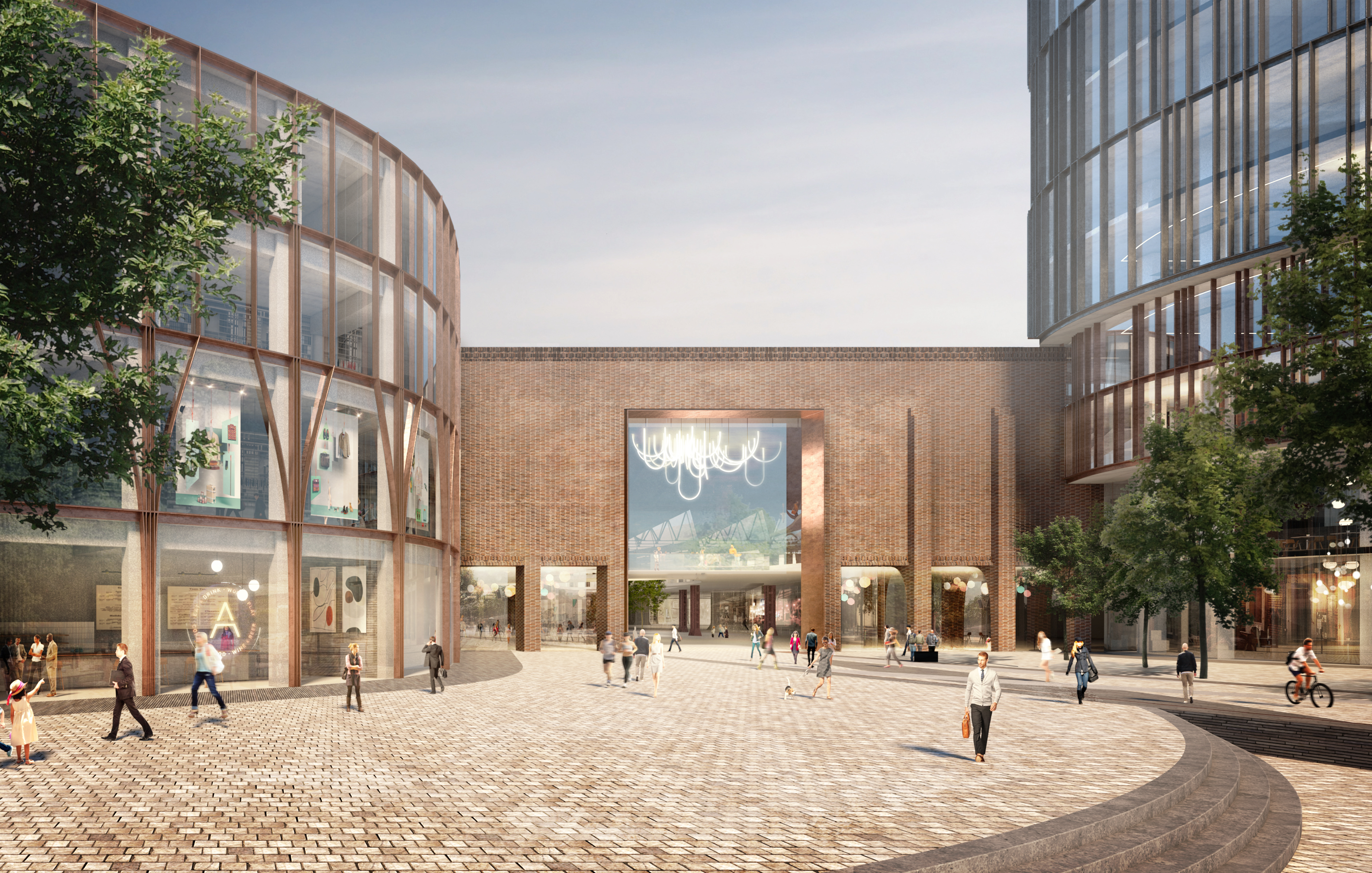
Renders of Griro, Bucharest
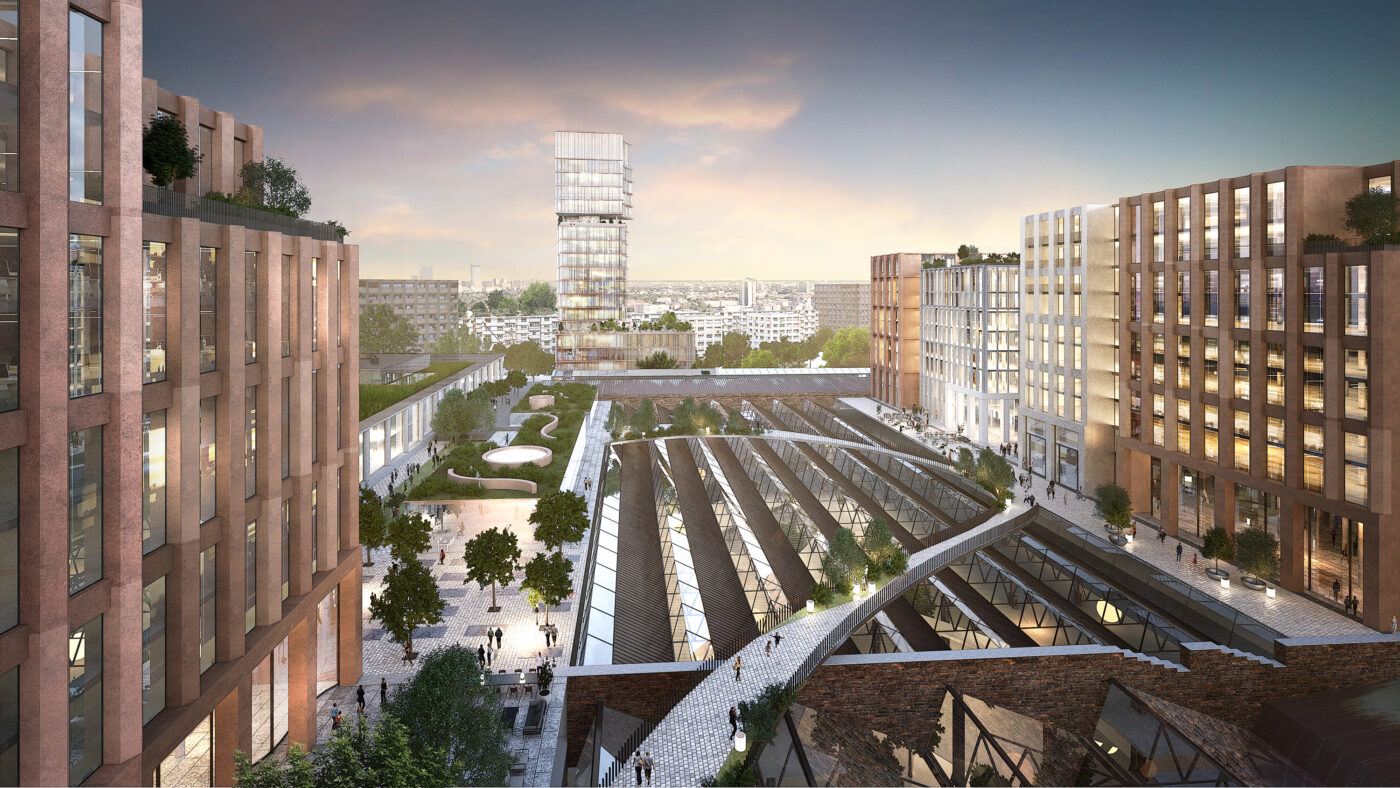
What are your guiding design principles?
I love that a multi-cultural approach can bring innovative ideas about living from one city into another – we often learn a lot about different ways of life for example in Moscow that can be translated to Los Angeles, or learn from London and apply in Bucharest. The more we work with innovative clients who want their buildings to excel, the more we can learn and grow as designers.
Studying and practicing in London has conditioned me to have an awareness of creativity, context, and commercial value when designing buildings. Architectural design has to be not only beautiful and compelling but also functional and commercially sound.
Can you tell us more about KAP Studios?
I set up KAP Studios with my partners, Michael Katsibas and Ben Adams, and we have studios in Los Angeles and in London. We work with developers as well as private clients across sectors and scales – from small individual homes all the way up to large-scale neighborhood master planning. We like to bring our playful and unpretentious nature together with a deep understanding of how to deliver commercially viable projects. In that sense, at KAP we love to design buildings that find the balance between form and artistry, buildability and efficiency.
Wade Street Gardens, Los Angeles
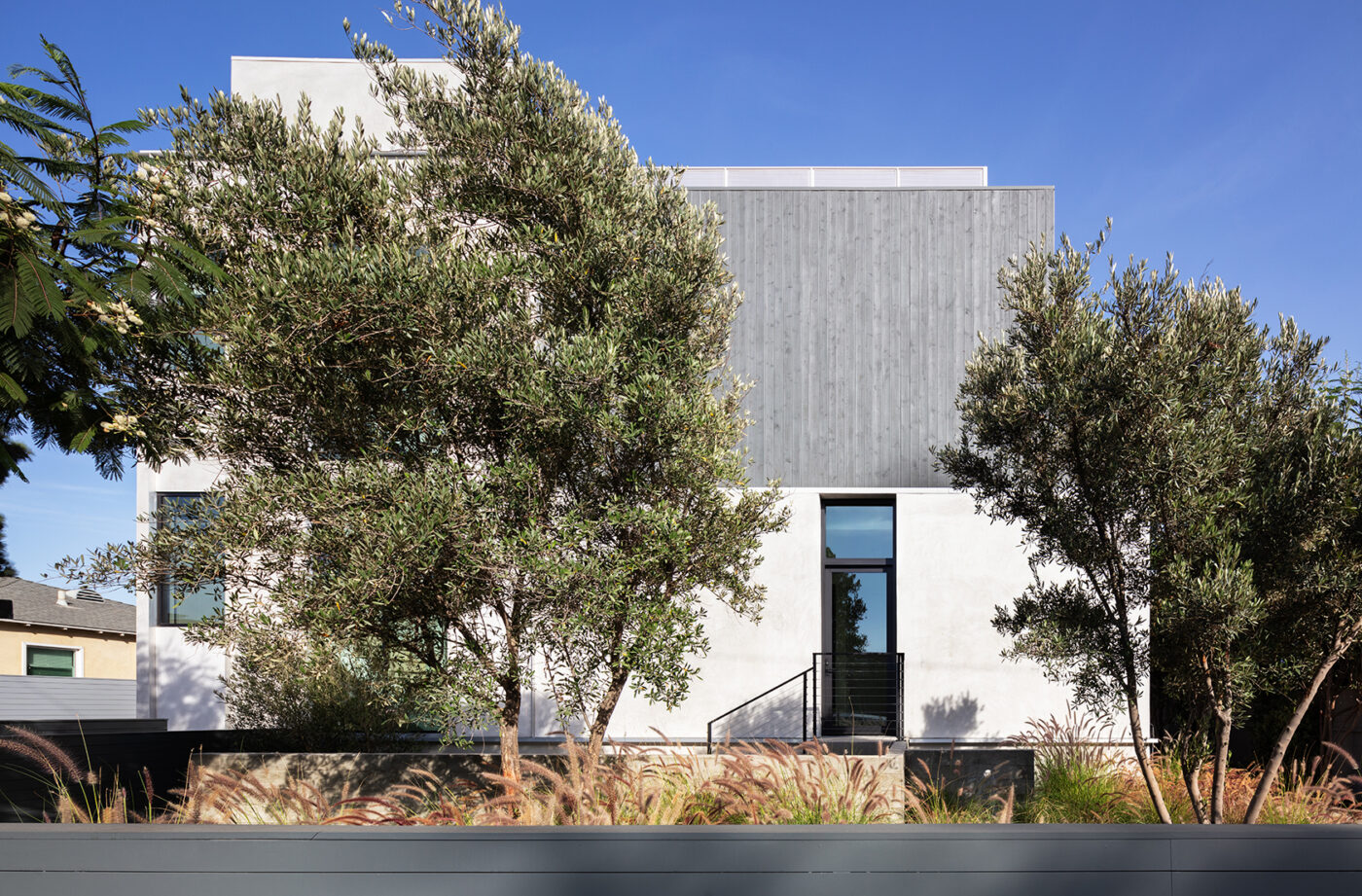
What do you think are the biggest challenges and opportunities in your career/industry now?
Our industry is in a constant state of flux which is incredibly exciting! As architects, we are deeply influenced by the evolving patterns in how we live and work, how we are impacted by climate change, and what that means for sustainable practices, as well as economic change and how that impacts our client’s business models. From new ideas about what it means to live in ever-densifying cities, to discover how new work-life balance shifts affect what we expect our office buildings and homes to do for us – there’s a huge spectrum of opportunities to innovate and explore.
What are you working on at the moment, and do you have any upcoming projects or collaborations that you’re able to tell us about?
We’re very excited to be working on several master planning projects in Romania and Russia, hotels and multi-family homes in Palm Springs, affordable housing, and mixed-use projects in LA, several of which will be completing this year. On the smaller end of the scale, with more intimately bespoke collaborations we are honored to be working with several private clients to build their dream homes in Los Angeles.
Last, do you have any tips for aspiring Architects?
Few professions encompass such a wide range of skillsets and specialisms – the world pretty much is your oyster so keep exploring and discover your professional career journey as you go!
Wade Street Gardens, Los Angeles
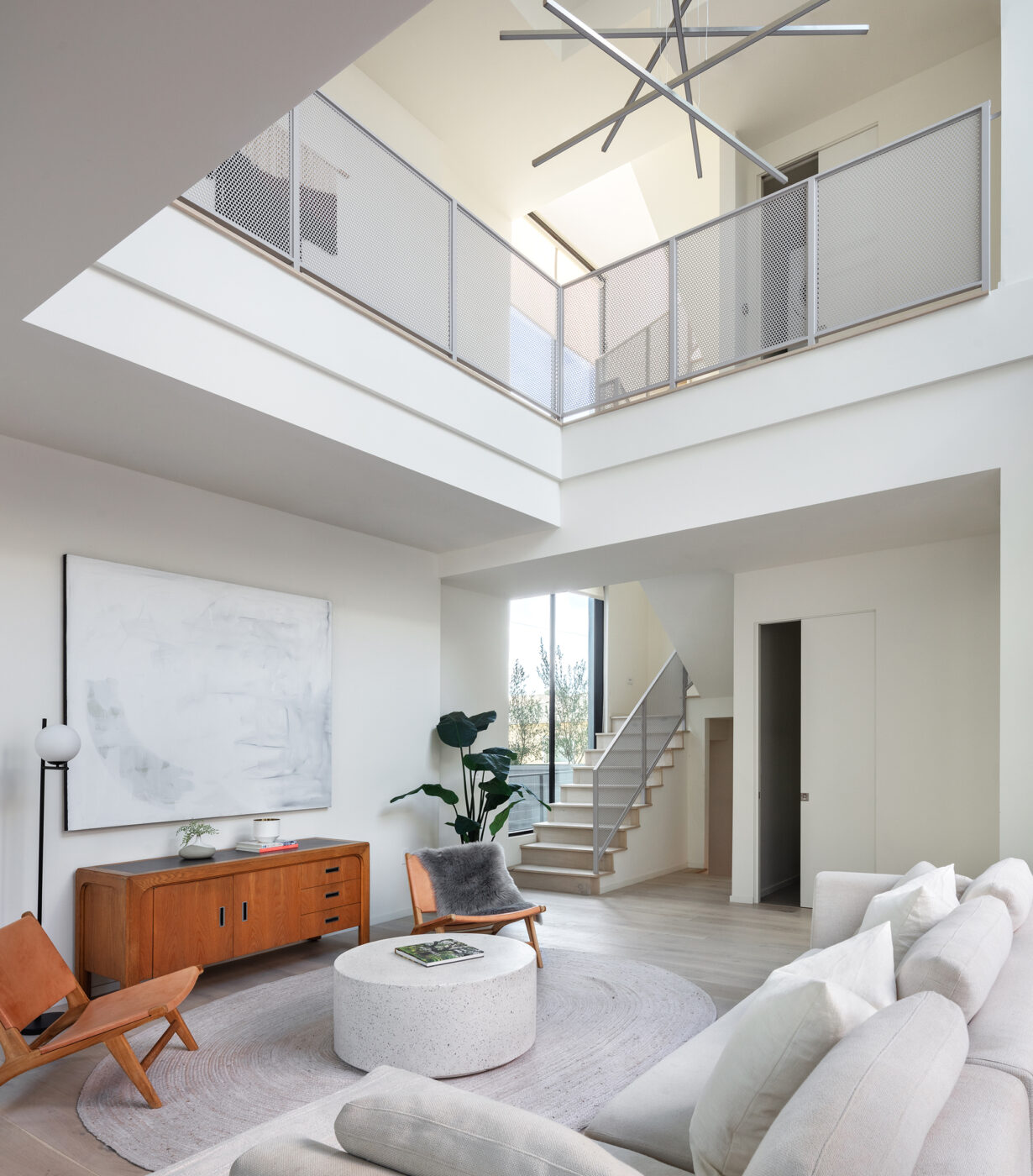
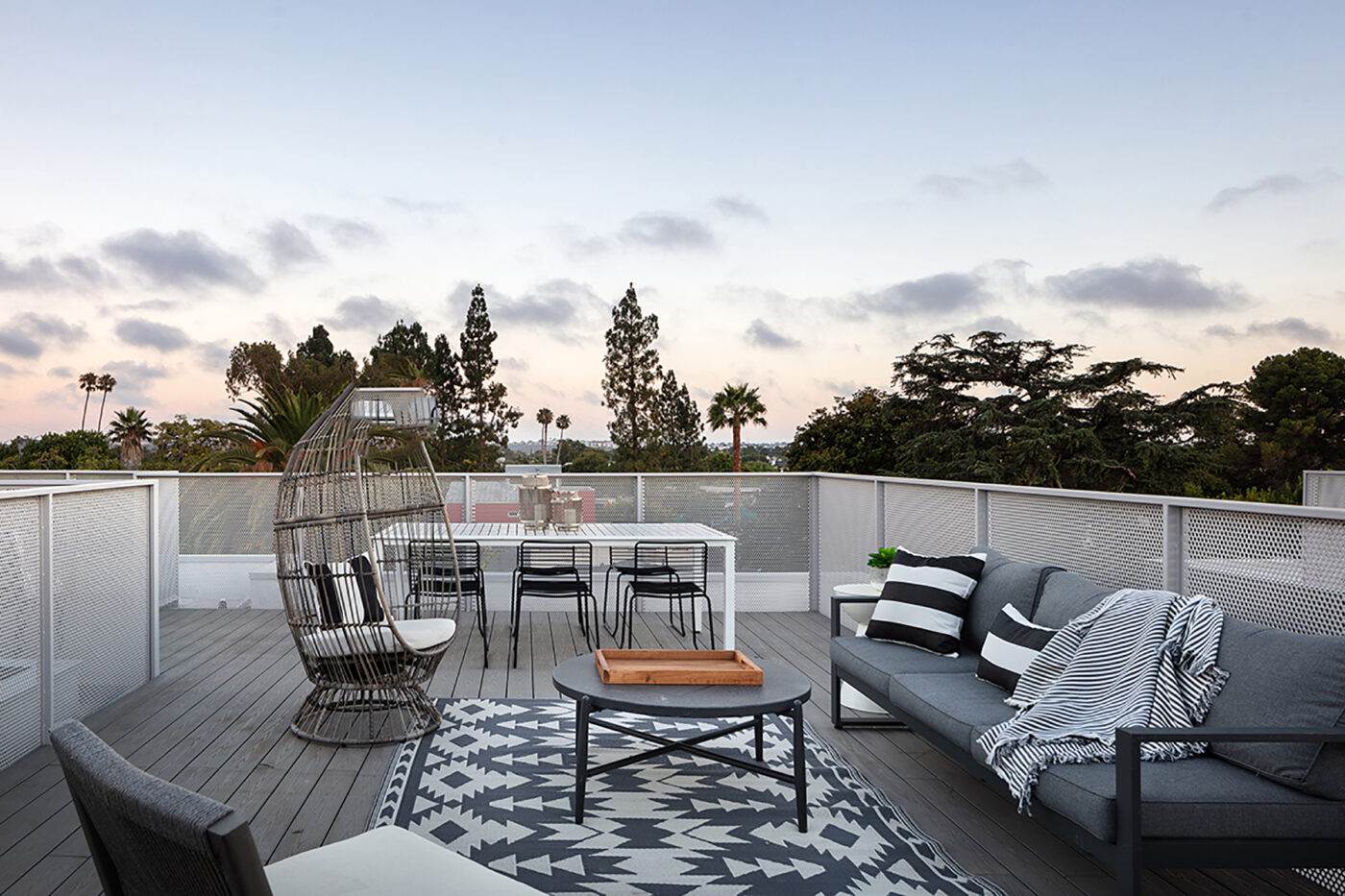
Waad El Hadidy is an interior designer with an anthropologist’s mind. She started her design career at Starwood Capital/SH Hotels in 2012 at the launch of three luxury and lifestyle brands, 1 Hotels, Baccarat Hotels and Resorts, and Treehouse. While continuing to support SH, She established The Medusan in 2020 to create meaningful spaces and visceral experiences through collaborative design cultures and award-winning design. Waad El Hadidy is sharing with us, her upcoming projects and Design philosophy.
Could you tell us a little about yourself? Where are you from?
Hi! I’m a social scientist turned interior designer with a strong interest in global music. If categories were not important I would just say I’m a creative with an interest in all human experiences that elevate the soul. I’m Egyptian and I spent my early career in Cairo. Currently, I live between New York City (Brooklyn) and Mexico City.
Prior to working for Starwood Capital, you were a public policy researcher at NYU’s Wagner School of Public Service. How was the shift from an academic to a corporate environment?
I would say the shift was more from cerebral-laden work to emotive work. The environments were secondary in my experience. In my early design work, I spent quite a bit of time trying to codify what it means to imbue spaces with feelings and what a “mood board” signifies. I have to say I am much more of an emotive processor (someone who processes thoughts through feelings – I just invented that), but years in the academic world had that side a bit foreshadowed.
Can you tell us more about your role and responsibilities at Starwood Capital/SH Hotels?
I am responsible for the overall design direction of hotel projects while protecting and evolving the brand. A lot of the work has to do with embedding a project in place and building collaborative cultures.
1 Hotel Brooklyn Bridge – Lounge

1 Hotel Brooklyn Bridge – Lounge
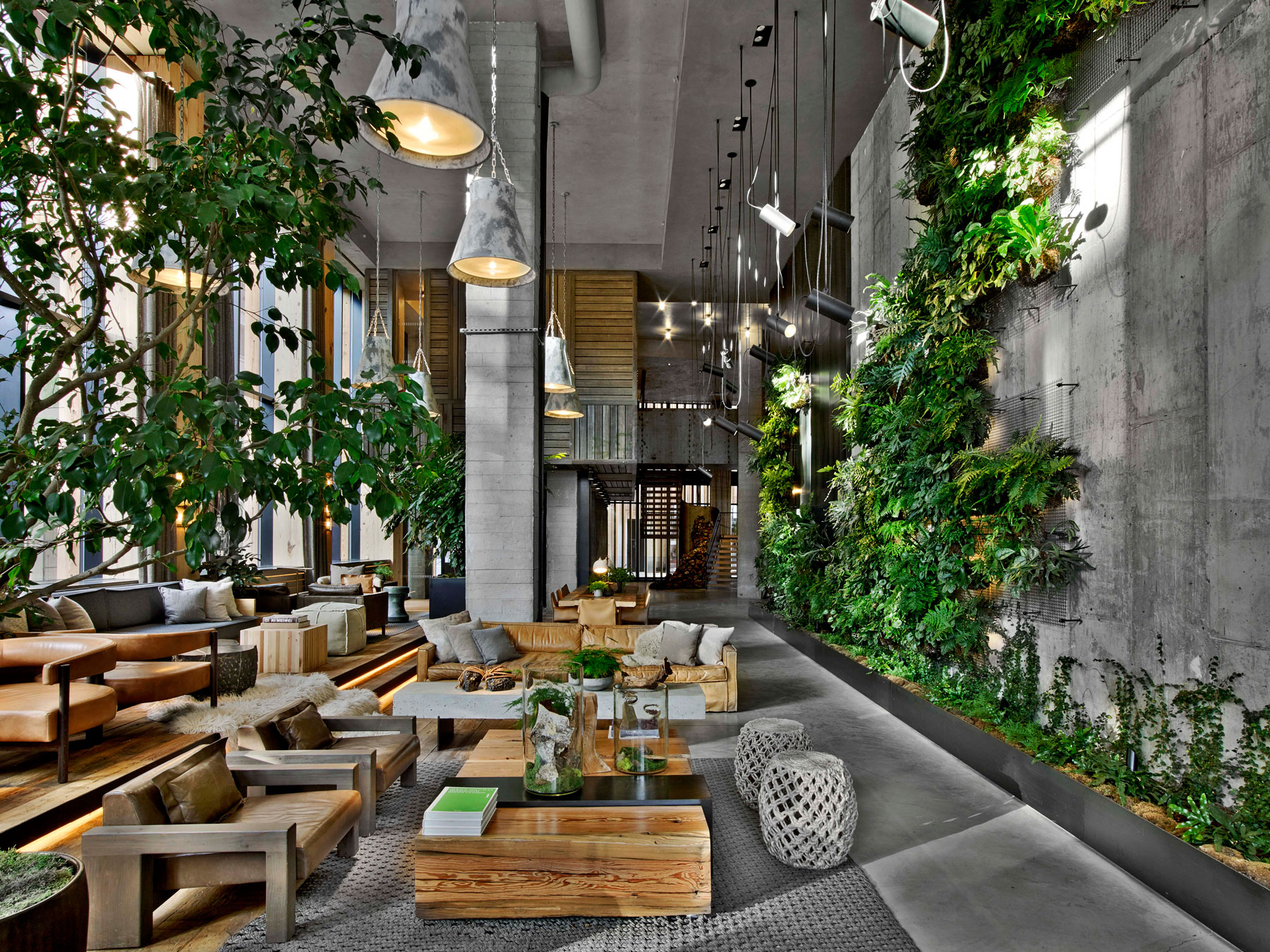
What are you working on at the moment, and do you have any upcoming projects or collaborations that you’re able to tell us about?
I’m working on 1 Hotel Nashville, opening in early winter 2022. Currently, I’m bringing in Nashville artists to add further meaning to the spaces. I also just completed design guidelines for Ray (https://www.raycommunity.com), a new residential developer and brand that seeks to make culture and art more accessible through daily lived experience
1 Hotel Central Park – Lobby
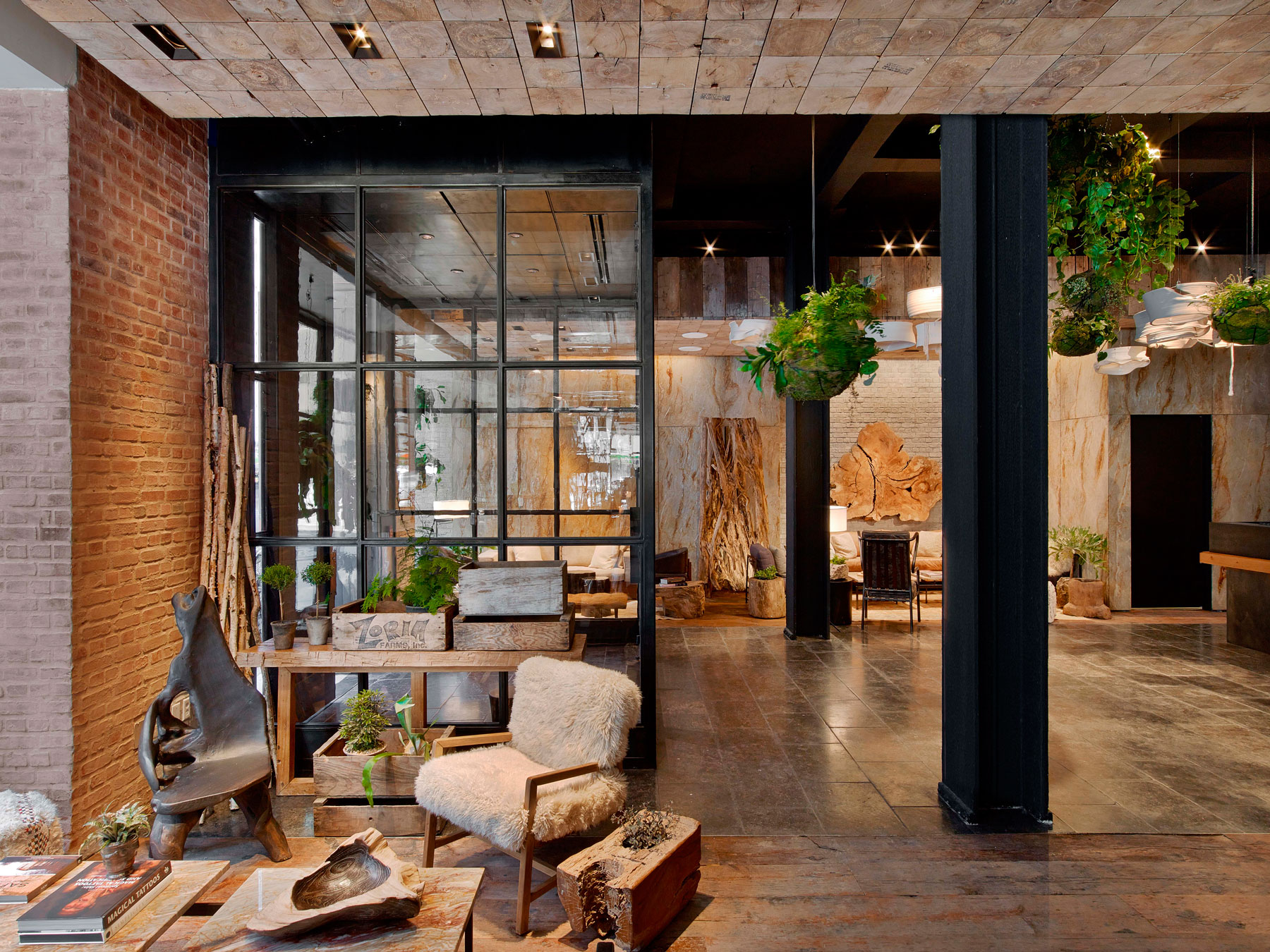
1 Hotel Central Park – Bedroom
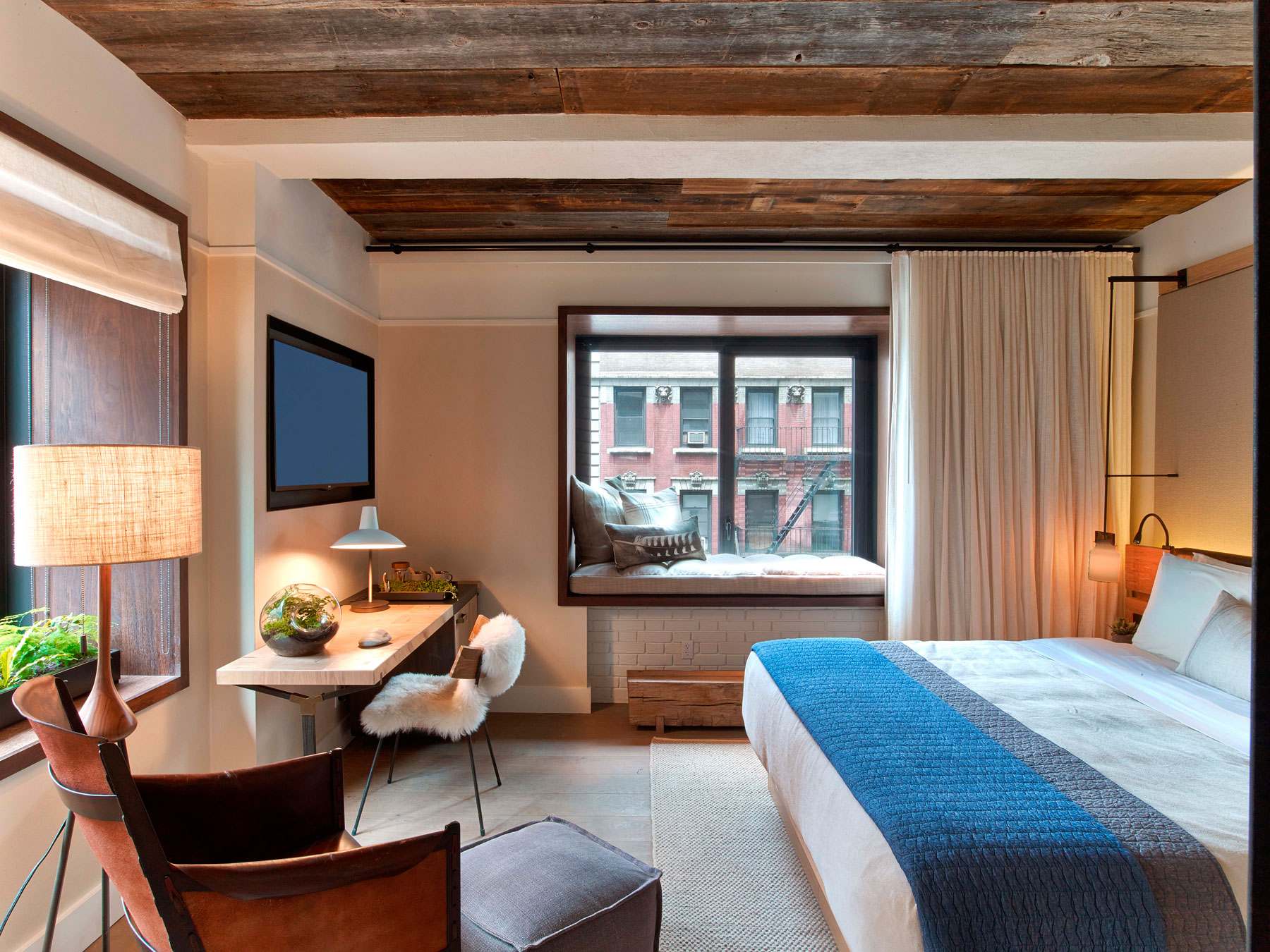
You mentioned that “your past and current lives converge as you design with “humanity in mind””, can you tell us more about your design philosophy?
I approach projects as visceral experiences rather than physical spaces. Of course, the latter is fundamental to the machinations of building a project, but my point of departure is different. My primary focus is how people feel emotionally connected to space, how it triggers memories or feelings, how space makes people feel or think. For me, connecting on that level is much more important than creating a “beautiful” space. Anyone with taste can create the latter. But it is more significant for a space to be relatable, familiar yet fresh, for it to beam with energy, especially in this world where humans are feeling increasingly lonely.
Where do you get the motivation and inspiration for your work?
The cliché answer is anywhere. But to be more nuanced, I think the bi-city life I’m living is very inspiring. It’s important to jolt yourself out of a certain perspective offered by staying in one place for too long. You begin to “see” things differently when you switch gears.
Outside of the Design World, do you mind sharing your other passions?
I run a music series called El Series. It started as a home music salon featuring NYC subway buskers and other musical talents and has grown to include a variety of musicians representing a range of cultural backgrounds. The Series brings music lovers together in laid-back convivial gatherings.
More information available on the-medusan.com
Baccarat Hotel New York – Bedroom
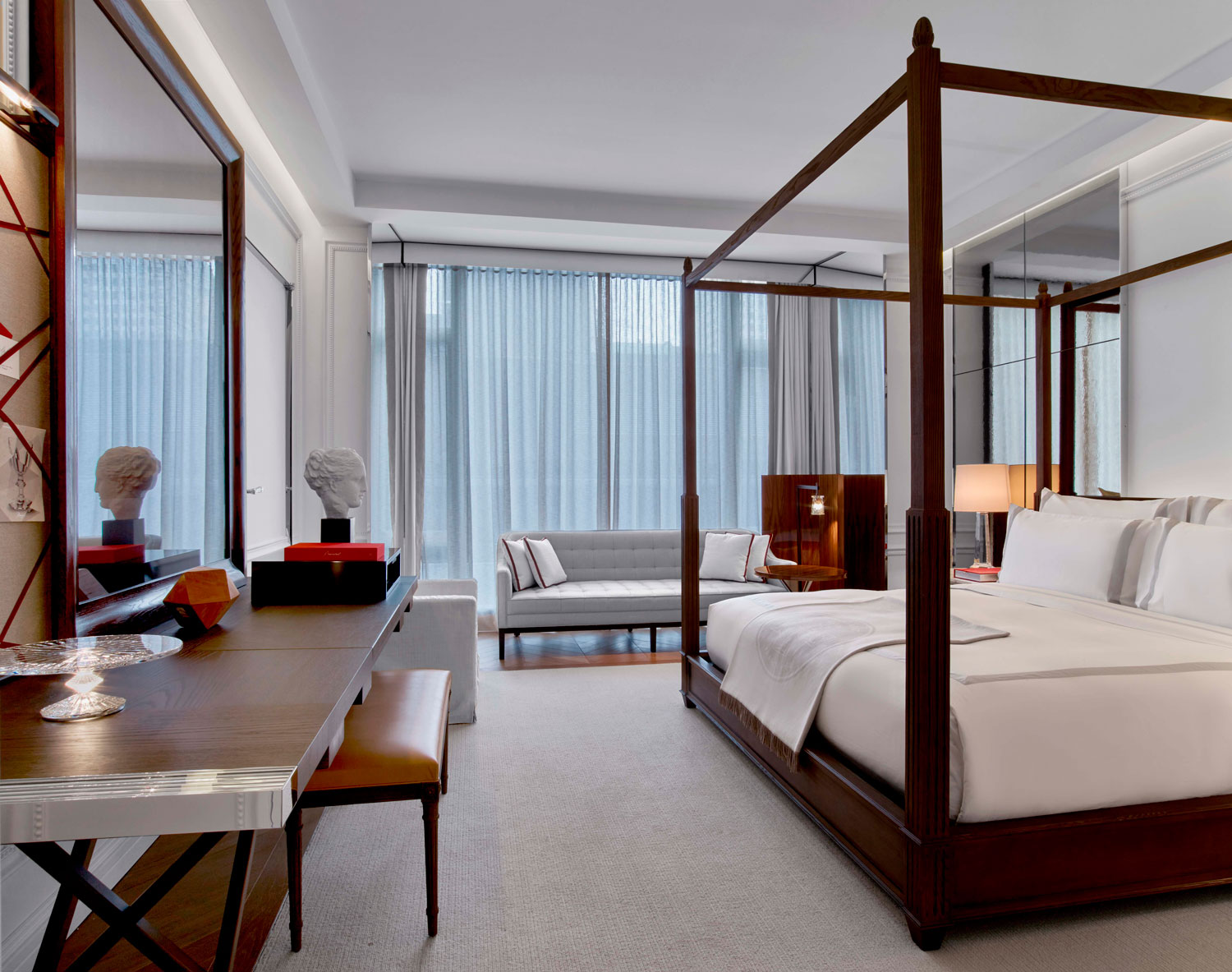
Baccarat Hotel New York – Bar
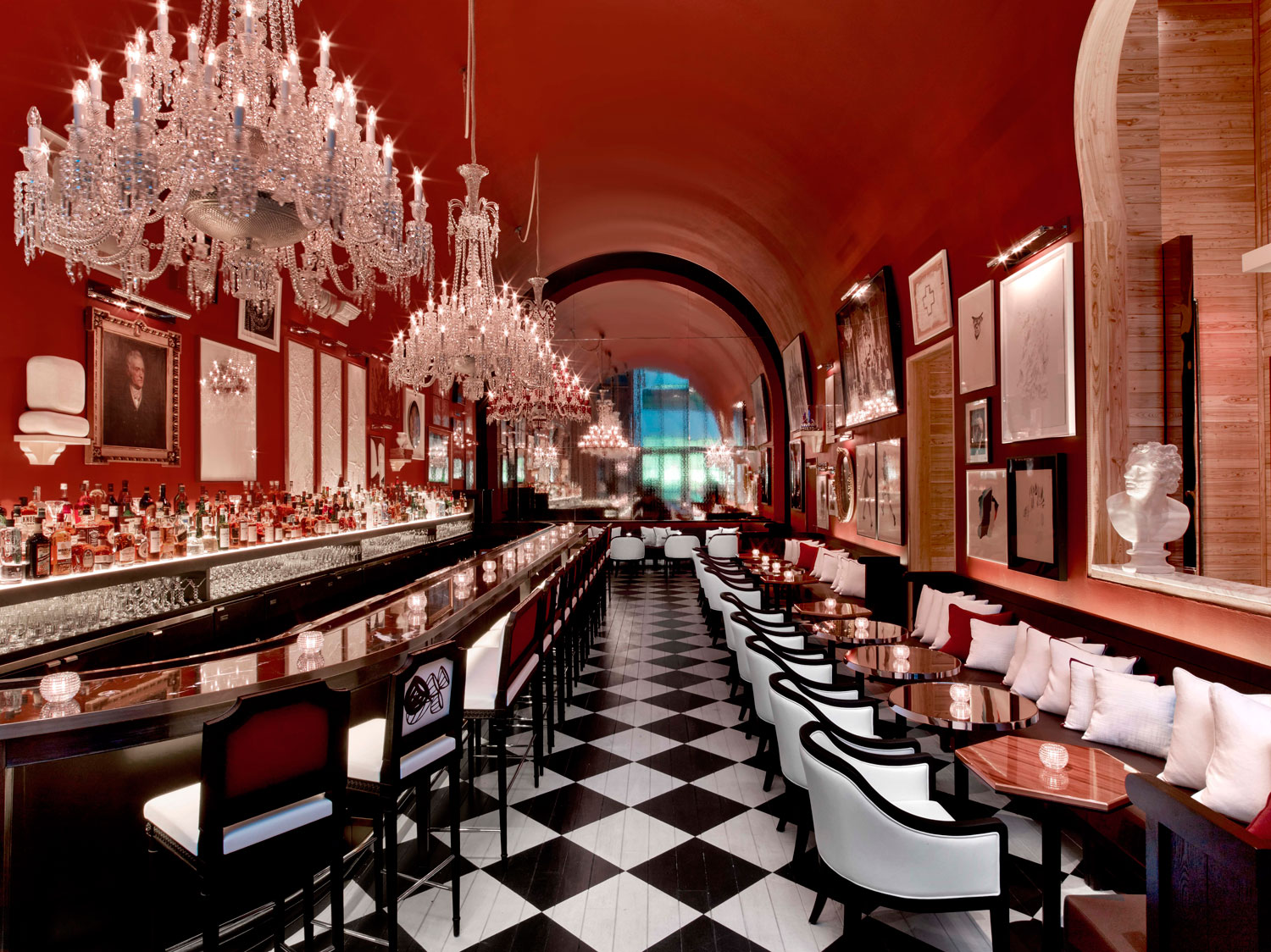
Baccarat Hotel New York – Lounge
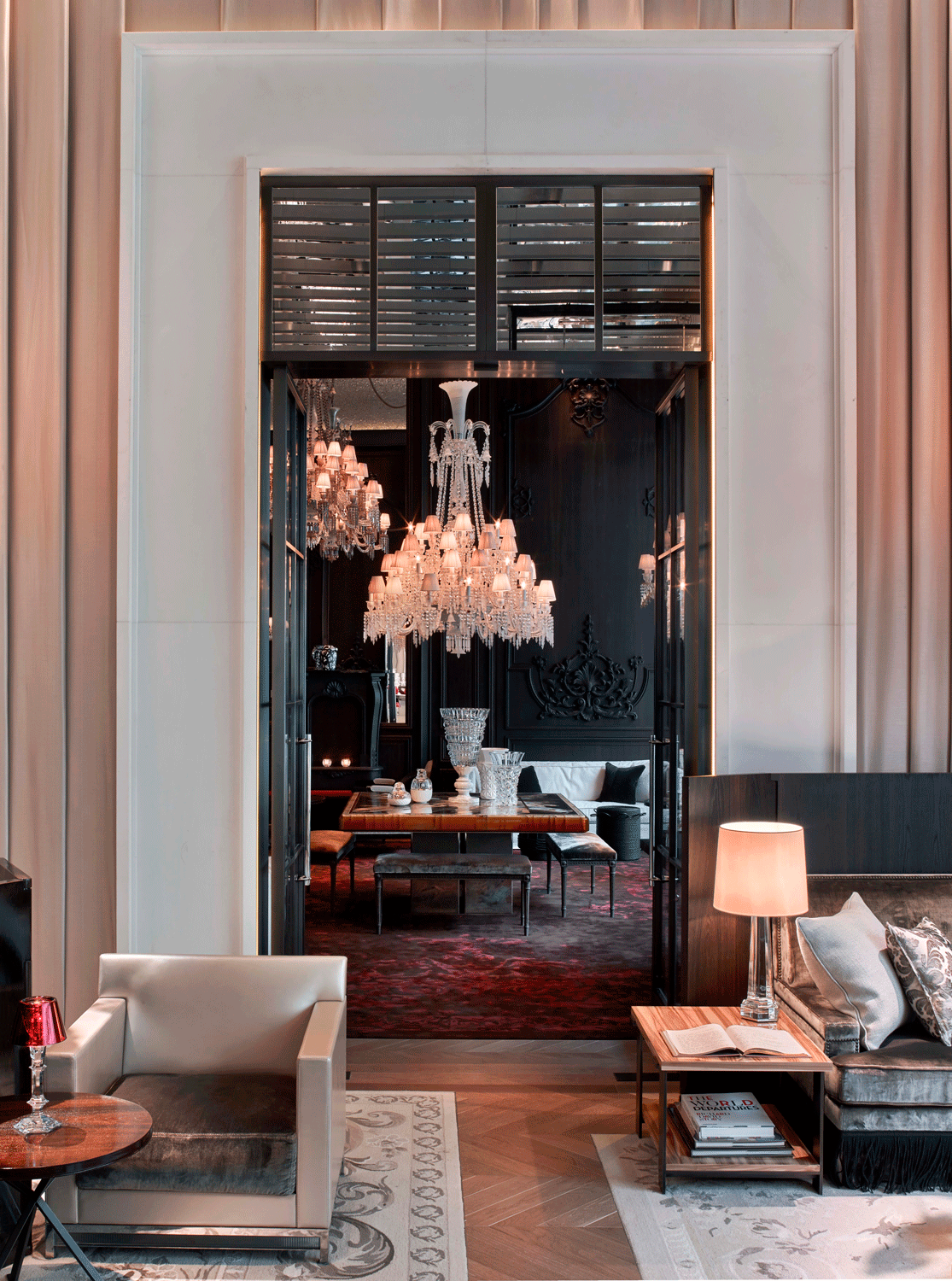
Kourosh Salehi is the Design Director for LWK + PARTNERS. He is a British Architect, Urbanist, and educator with over 25 years of international experience. He has designed and successfully delivered a range of award-winning multidisciplinary signature projects in the UK, Asia and the Middle East. Kourosh has established a comprehensive portfolio of constructed and award-winning projects in London, Beijing, Hong Kong, Doha, and Dubai amongst others, covering a wide spectrum of projects. Kourosh shared with us, the environmental challenges he and his team are facing when developing projects in the Middle East.
Can you tell us a bit about your background? Where are you from?
I am a British Architect, raised and educated in London; architecture and urbanization have been my focus for the last 30 years.
What has inspired you to work in the Architecture field?
The field of architecture is wide and varied: the most appealing aspects to me are the social and economic wellbeing of our cities. Examination of the human conditions, using empathy and finding alternative solutions is the prime concern of my design approach.
What are your guiding design principles and can you tell us more about your role and responsibilities at LWK + Partners?
As a Design Principal, I advocate for rigorous examination of the brief and develop an inherent understanding of the context and the people.
Are there any specific processes or elements you make sure to include when working on large-scale master planning like “Qetaifan Island” in Doha?
Qetaifan Island Doha in Qatar is a leisure destination, we have been working on mixed-use development being a key component of Lusail’s expansion project. It is a comprehensive large-scale development project centered around a state-of-the-art Waterpark with leisure attractions, luxurious hotels and a wide range of residential units.
The client was looking to create a regional leisure hub providing a range of unique experiences, like the world’s largest water park and a signature hospitality offer, all set within a mixed-use residential development. The client’s brief and ambitions were to create a unique destination where Design and innovation are the core components.
Abu Dhabi Maritime’s ‘Community Activation Programme’ pilot projects
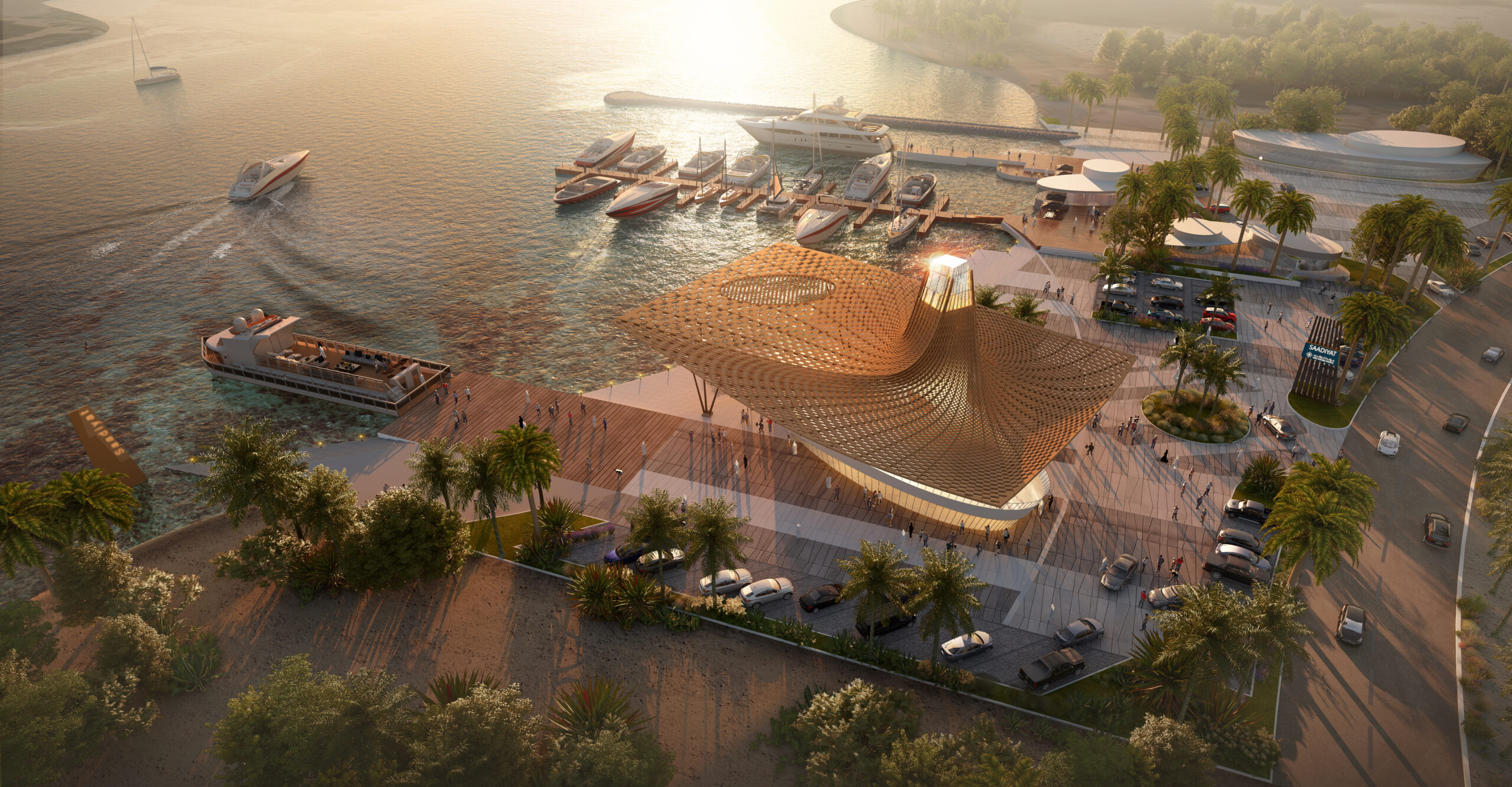
Burj Crown Leisure Deck (Credit LWK + PARTNERS)
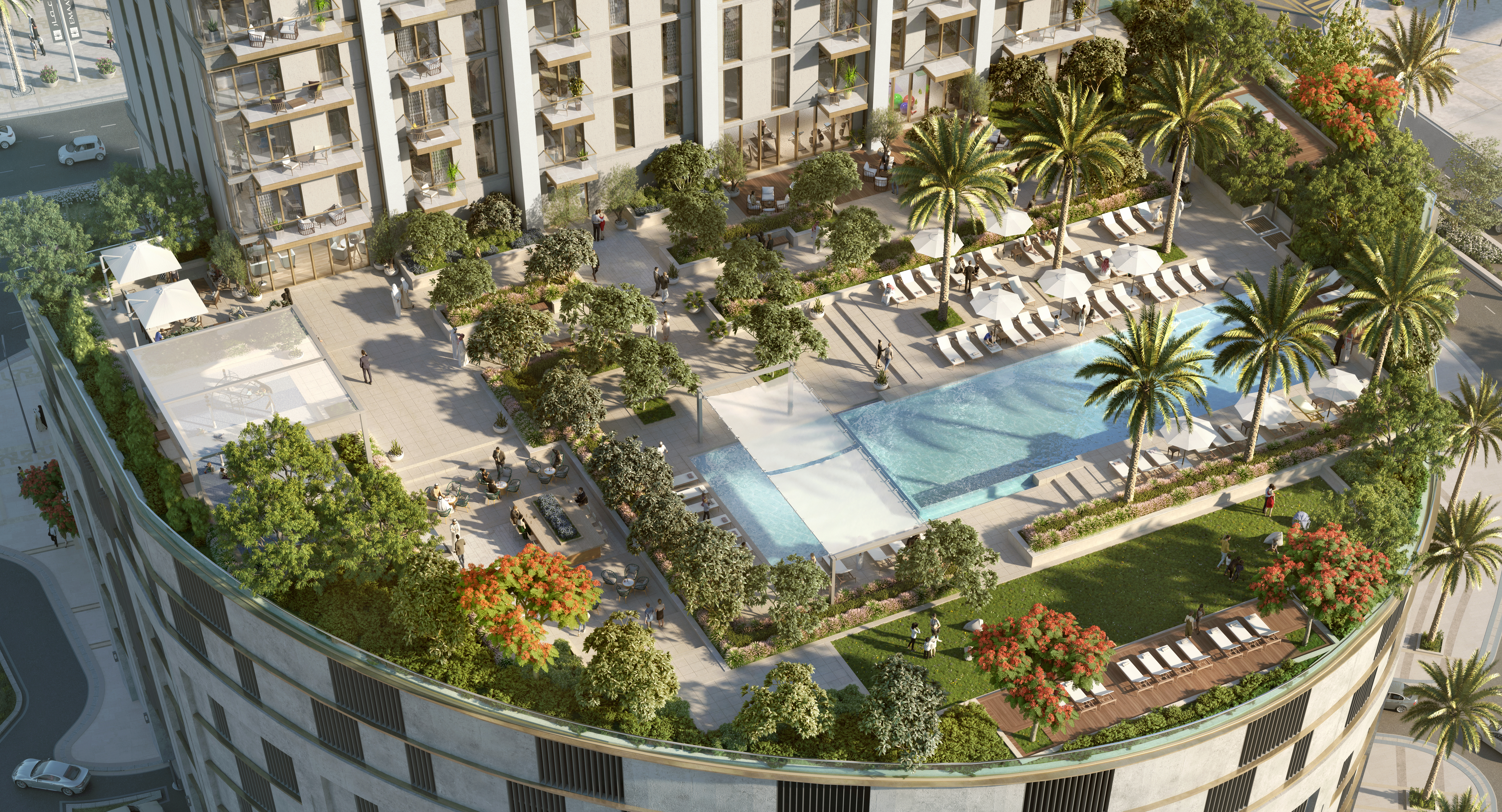
What do you think are the biggest challenges and opportunities in your career/industry now?
The environment remains one of the greatest challenges of our times. Human expansion and global urban sprawl have placed great pressure on the earth’s natural resources. The debate around environment integration should remain at the center of any future solution.
What are you working on at the moment, and do you have any upcoming projects or collaborations that you’re able to tell us about?
We are currently involved in a number of landmark projects across the Middle East region based out of our Dubai Studio. Some Master planning projects are positioned in historically and environmentally sensitive locations, proposing both the greatest challenges and unique opportunities for creative design solutions.
Last, what would be your advice as an experienced Architect to Emerging talents?
Many architects invest in the impact of innovative forms to explore the boundaries of possibilities.
Today, more than ever it is urgent to “not just solve problems” but to produce “an architecture of ideas” that is in harmony with the global challenge of natural resources management.
LWKP GardenBridge
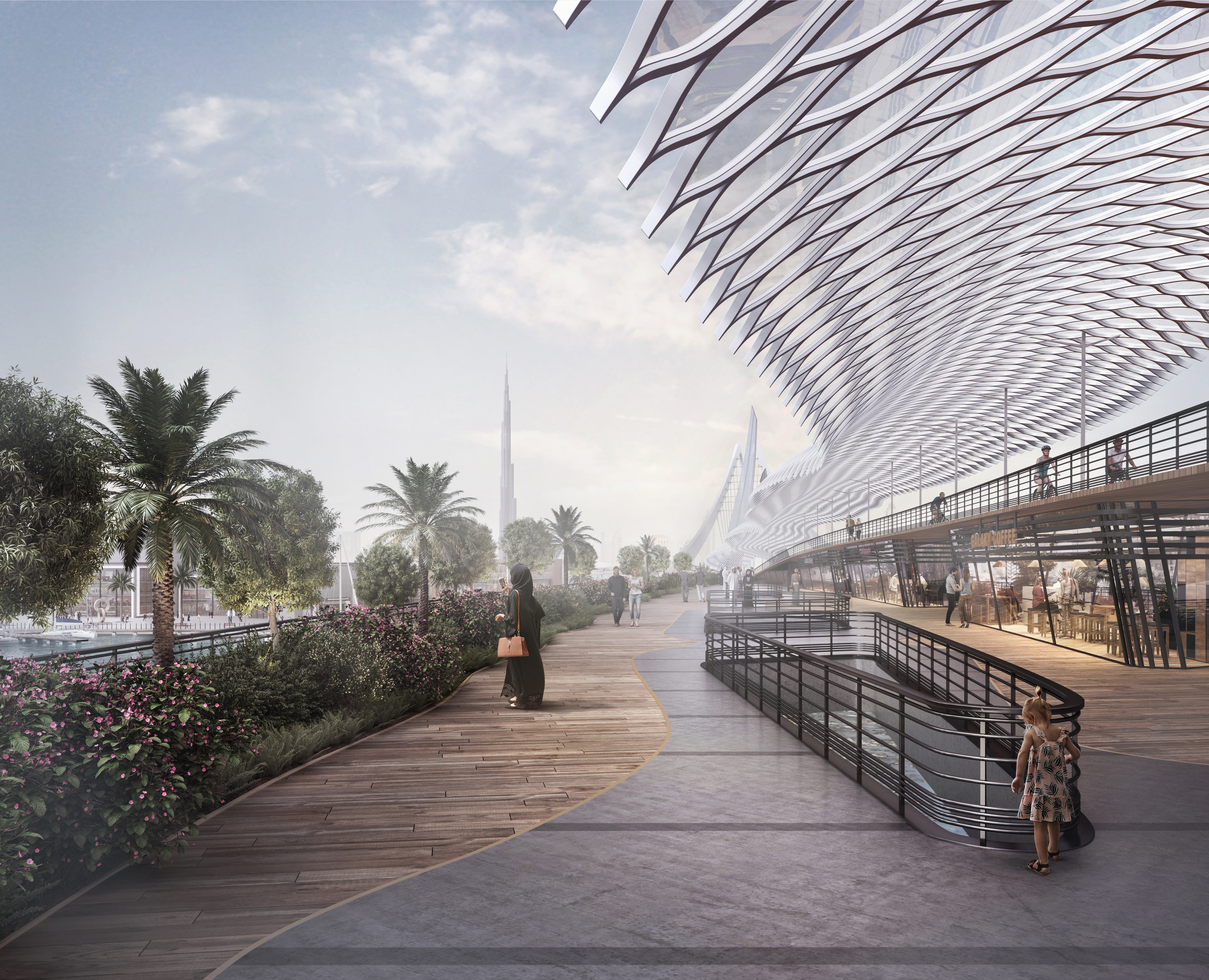
Burj Crown (Credit LWK + PARTNERS)
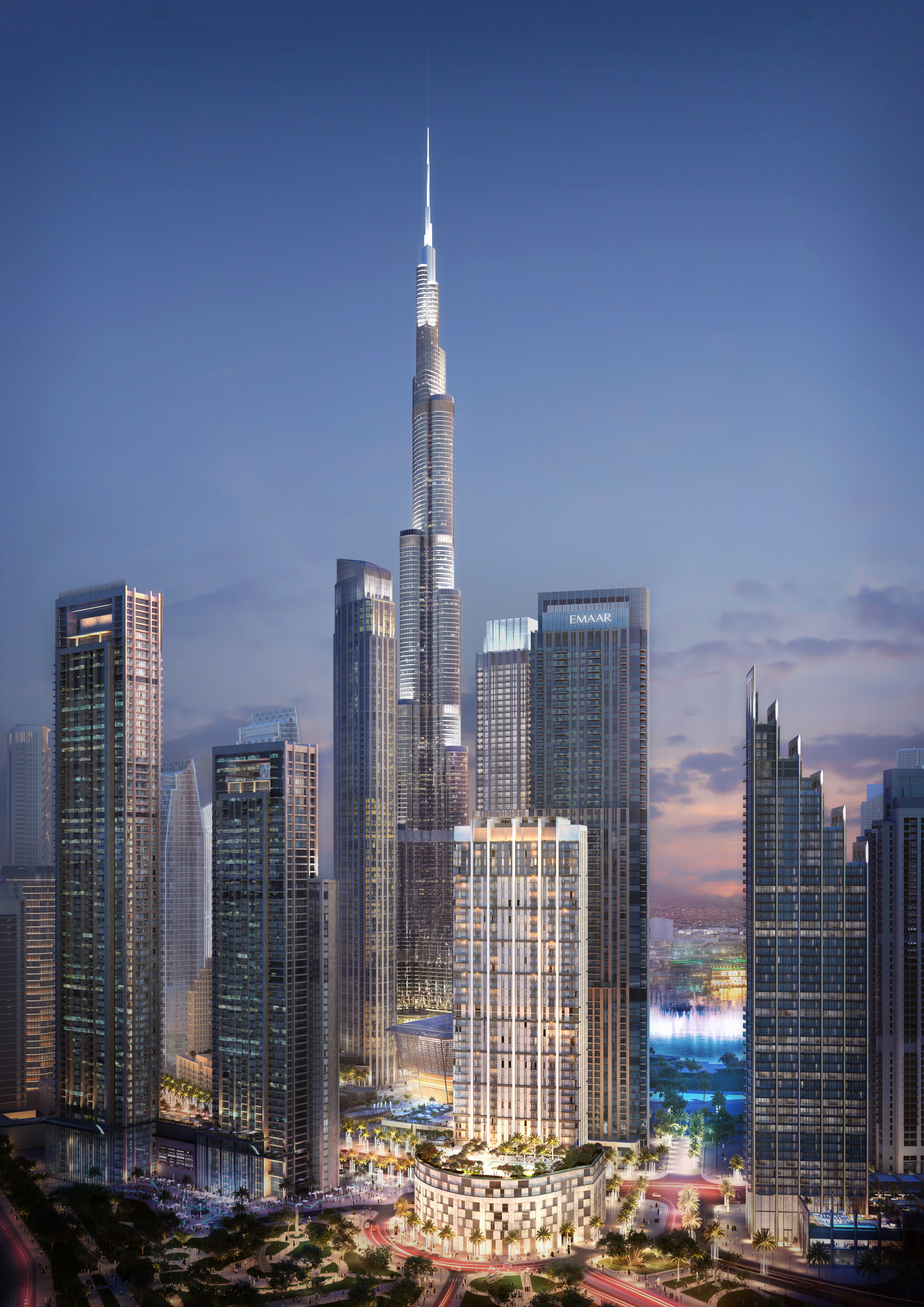
Penny Craswell is a widely published writer, curator, and teacher of design history and theory at the University of New South Wales, formerly a creative strategy associate at the Australian Design Centre and communications professional at Woods Bagot and Bijl Architecture. She has also served as editor of Artichoke magazine, deputy editor of Indesign magazine, and assistant editor at Frame magazine in Amsterdam. Penny is sharing her passion for Design and talk about her first book “Design Lives Here: Australian Interiors, Furniture, and Lighting” published by Thames & Hudson in 2020.
Where are you from? Can you share the guidelines of your professional background?
I grew up in Canberra and moved to Sydney after university (via Amsterdam). I originally studied Art History and Philosophy and wanted to be an art critic so I started my career in magazines and shifted to design a few years in. After working as Deputy Editor of Indesign and Editor of Artichoke magazine, I spent a few years working in communications for architecture firms (including Woods Bagot), before completing my Masters in Design History. I then worked as a Creative Strategy Associate at the Australian Design Centre, a role I finished in January to be a full-time writer. Along the way, I was also a curator at TEDx Sydney and have always written freelance outside my day job.
Can you tell us more about your experience as a teacher of design history and theory at the University of New South Wales?
At the University of New South Wales, design history is a compulsory course for all Bachelor and Masters of Design students. This is an unusual and wonderful thing as many students of design at other universities have to study art history instead. At the moment I’m teaching a great course called Positions in Design for second-year students.
What has drawn you to work in the communication/media industry in Architecture?
I always wanted to be a writer, but I am also fascinated by design, including industrial design, interiors, and architecture. I also like being part of a niche subject – we design writers are a small group but we all know each other.
You have published your first book: Design Lives Here: Australian Interiors, Furniture, and Lighting, in 2020.
Why choosing Australian interior as your first published subject?
I do love interiors and when Thames & Hudson asked me to write a book about interior design and homes, it was a dream come true. I also wrote about the architecture and included specific items of furniture/lighting in this book.
Do you have any favorite projects featured in” Design Lives Here”?
One of my favorites is Indigo Slam, an incredible project by Smart Design Studio which wowed everyone when it was first published and has the most incredible staircase of any building in Australia, I think.
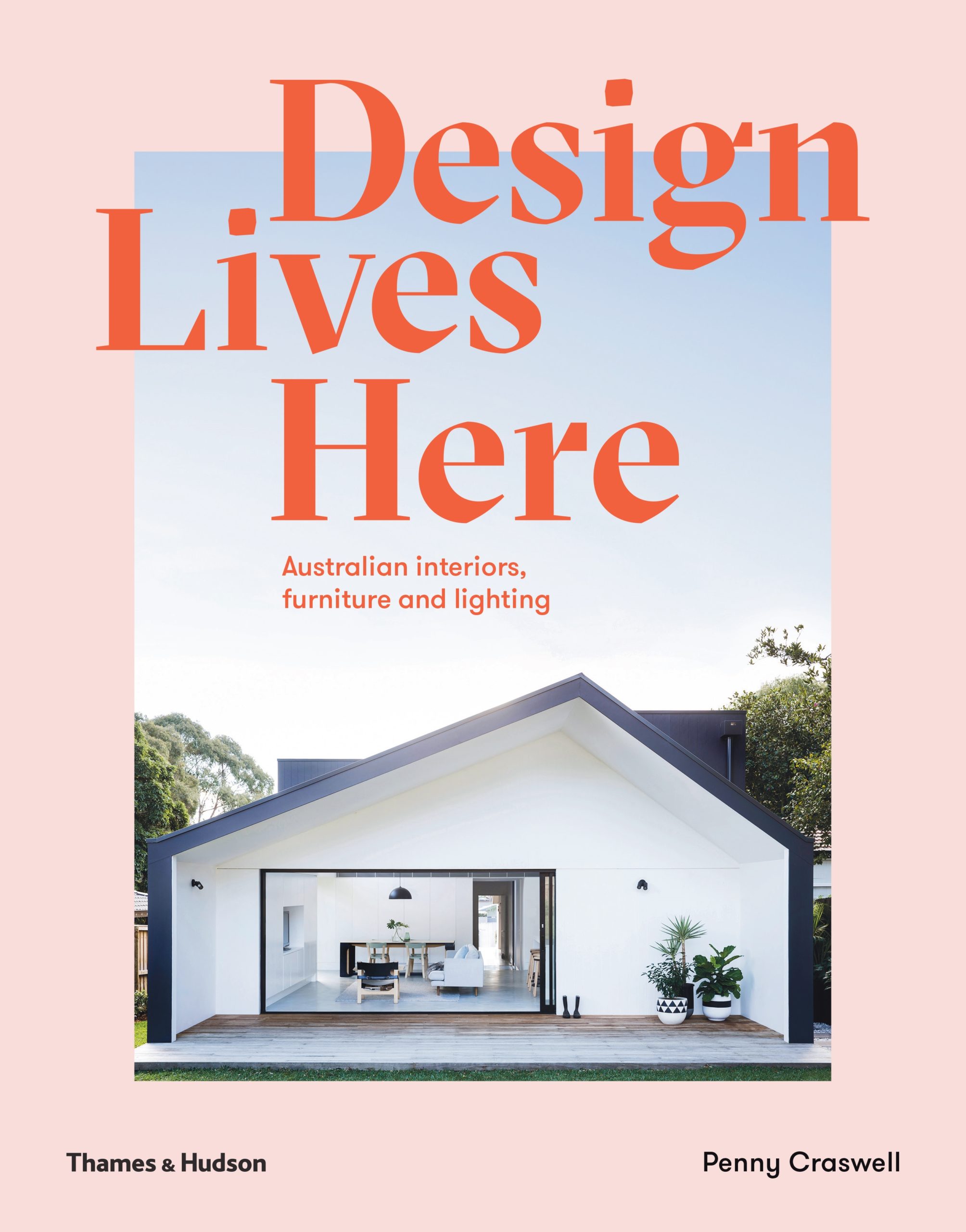
You also have a blog, “The Design Writer”; how does it reflect your various interests?
The Design Writer includes articles about new homes, new hospitality projects and public buildings, new examples of furniture, lighting and object design, reviews of design exhibitions and anything else I find interesting. I also like to include innovative approaches to the climate crisis and projects that intersect with art or fashion.
What are you working on at the moment, and do you have any upcoming projects or collaborations that you’re able to tell us about?
At the moment I’m working on a series of articles with Australian design brand Koskela, plus my next book. I’m also working on developing projects as a consulting curator of design exhibitions working with galleries and museums.
Last aside Architecture and Writing, what are your main hobbies?
I would have to say tea-drinking is one of my major past-times. I also like to bake now and then, and I do love a good book, especially literary fiction. The Sydney Writers Festival is a highlight for me each year and the Milan Furniture Fair when I can go.
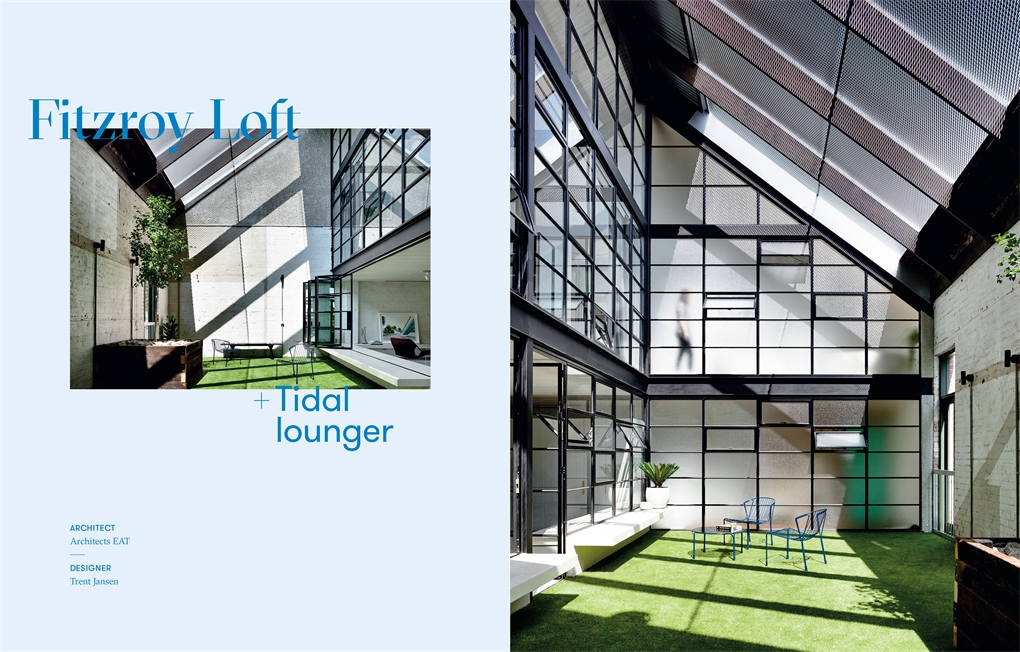

Liss C. Werner is Professor of ‘Bio-Inspired Architecture and Sensoric, CyPhyLab at the Institute of Architecture, TU Berlin. She is a registered architect and the founding director of Tactile Architecture. She practiced in the UK, Russia, and Germany. Liss research focuses on cybernetics in the discourse of computational architecture as a discipline of socio-ecological systems between technology, human, and nature; it combines material, geometry, biology, data and the sensory. Liss C. Werner takes us through her professional level and shares her experience as a Professor.
Could you tell us a little about yourself and your professional journey?
I grew up in a small town in Germany before starting my education as to be an architect. In Hamburg, I trained to be a draftsman for two years. I then moved to the UK for my studies and spent one year, 1998, as an exchange student in Australia at RMIT. My academic career began at the end of my studies as a studio master at the University of Nottingham. My international education and joy of travel took me to Carnegie Mellon University as a guest professor and to Malaysia, Finland, Austria, Portugal, Ukraine, the US, and the Bauhaus town Dessau, to name a few places. Practice started right after my high-school graduation, and I was lucky to work in the UK, Russia, and Germany.
Why have you chosen to be an Architect?
This is a great question. I think the profession has chosen me, not the other way around. My great-granddad was the founder of a sawmill, and in the 1950s, the company produced pre-fabricated building components made of timber. As a kid, I was fascinated by the way how a tree becomes something else. Also, having chosen to be an architect derives from my dad’s pleasure in architecture, my mum’s fascination with complexity and systems, and my passion for building and constructing things. Later, I realized that small urban and architectural interventions could change a seemingly irrelevant space to a place of social interaction. Finally, the ability and gift to create beautiful things is rewarding and indeed wonderful to share.
When have you started to focus on “Cybernetic” and “sensorial” Architecture?
In 2003 at the Bartlett School of Architecture, I came across the cybernetician Gordon Pask. He triggered my curiosity about how systems, sensors, and interaction are related, an organizational construct observed in architecture and urban design. Luckily, I then received mentorship on Design Cybernetics from his students Ranulph Glanville and Paul Pangaro (CMU). My focus on cybernetic and sensorial architecture gets stipulated each time I tackle a new architectural problem.
Kipisland interior
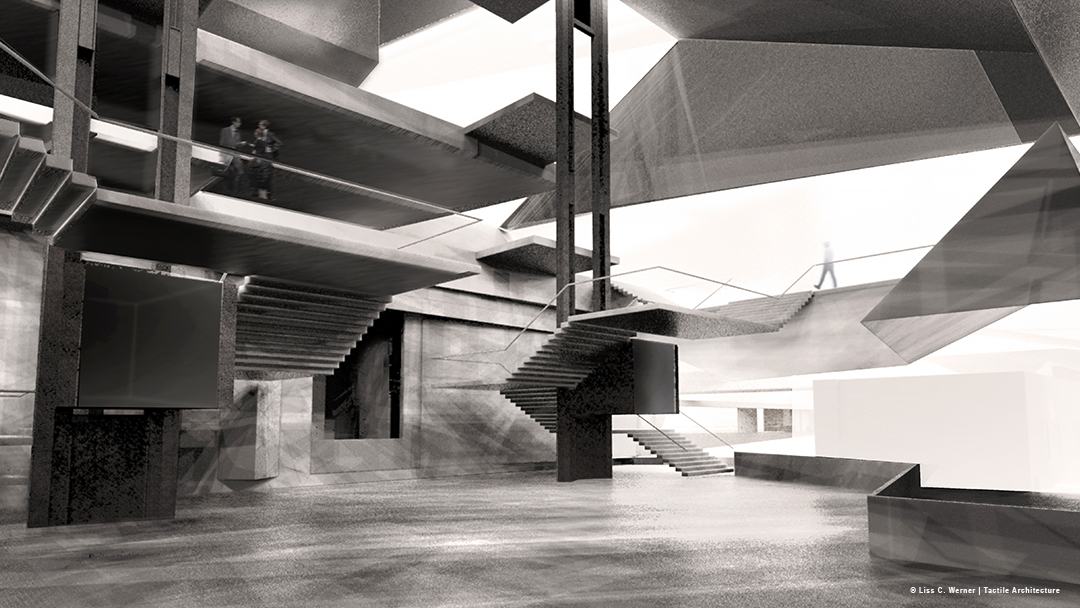
Kipisland office bridge
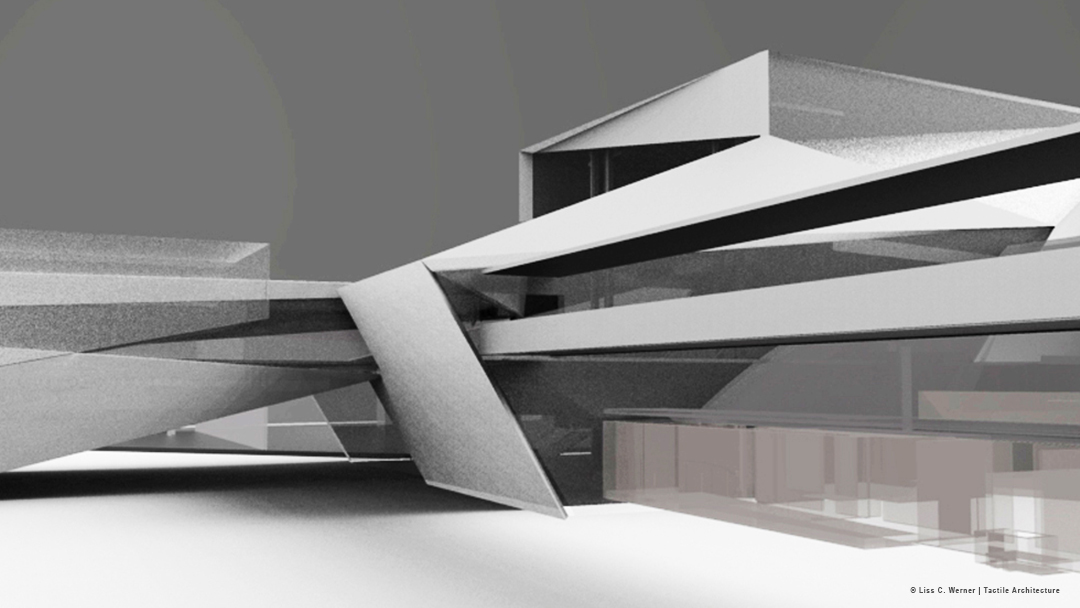
You founded the “Tactile Architecture” Studio in Berlin, can you share with us some of the projects you and your team have been working on?
A great project we worked on was a competition for the 15000m2 large Kipsala Island Auditorium in Riga, Latvia. The project entailed the transformation and extension to the existing international exhibition center and grounds in collaboration with the Riga Expo Centre next to the Zunds canal, famous for kayaking. We enveloped the existing building with flying stairs, cantilevering galleries, and elevated boxes. The design was driven by the concept of the bridge and the view. Another project was a scripted animated simulation of an in-silico biologically grown underwater habitat and infrastructure, connecting points on an island in the North Sea of Germany with selected points on the East Frisian mainland. The project was derived from our observations of the biological organism physarum polycephalum. We showcased the work as a movie at the Design Computing Exhibition curated by the Faculty of Architecture at the University of Prague.
As a University Professor, do you mind disclosing some of your research topics?
Our research topics are pretty broad in principle. Principles of biological organisms are just as important as intelligent lighting for crowd guidance or data analysis in workplaces to increase visual or acoustic comfort. Our design research is mostly data-driven and fosters feedback and interaction between artificial senses, such as proximity, sound or light sensors, and users. We utilize open data, such as climate data, to shape the geometry of e.g., façade panels. Material and space act as an interface to somehow humanify technology. Thus, we design and construct our intelligent objects ourselves using 3D printing and knowledge in sensor/hardware technology. On an urban level, our key topic is the future morphological and material transformation of our cities, our urban human habitats.
SOCO Phy
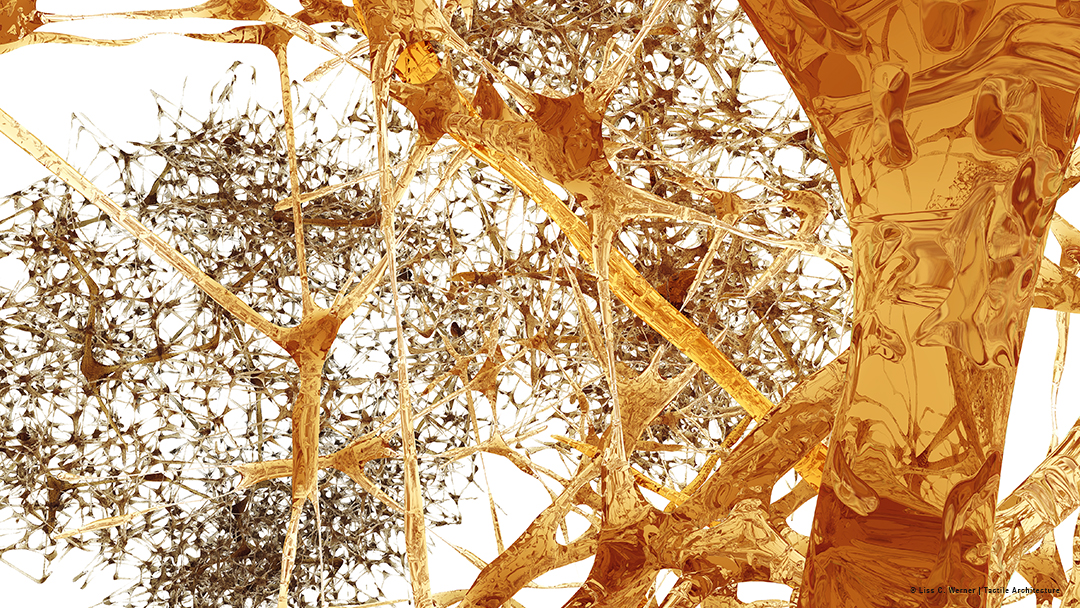
TUB Mousserons
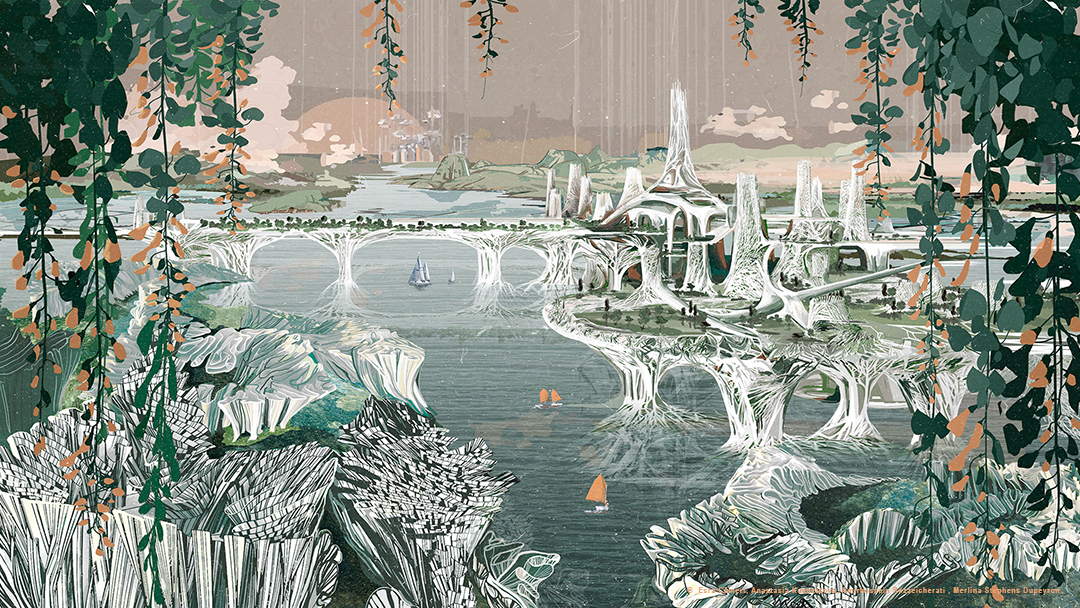
TUB Super Organism
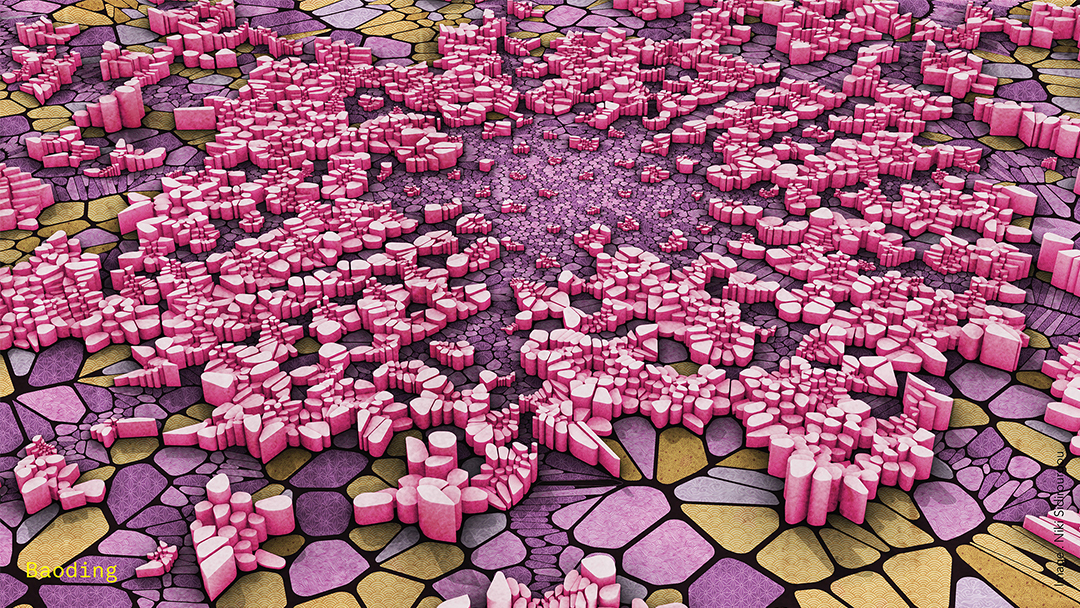
What is the most rewarding part for you about teaching at University?
Seeing my students observing, and indeed struggling, with curiosity and passion – and learning. I follow some of them, and some keep following me over the years, sometimes asking for advice. It makes me very happy to see them thrive.
Last, what are the advice and professional tips you give to your students?
Don’t stop following your dream. Draw by hand. Study the masters. Enjoy every mistake you make. Work with physical material to embody your profession. Be aware that the profession and the architect’s role are changing rapidly, so make sure you embrace the magic you, as architects, can create. Read ‘The Fountainhead’, 1943, ‘In Praise of Shadows’, 1933, and ‘Invisible Cities’, 1972. And remember, nature is our best teacher.
Liberty Island exterior
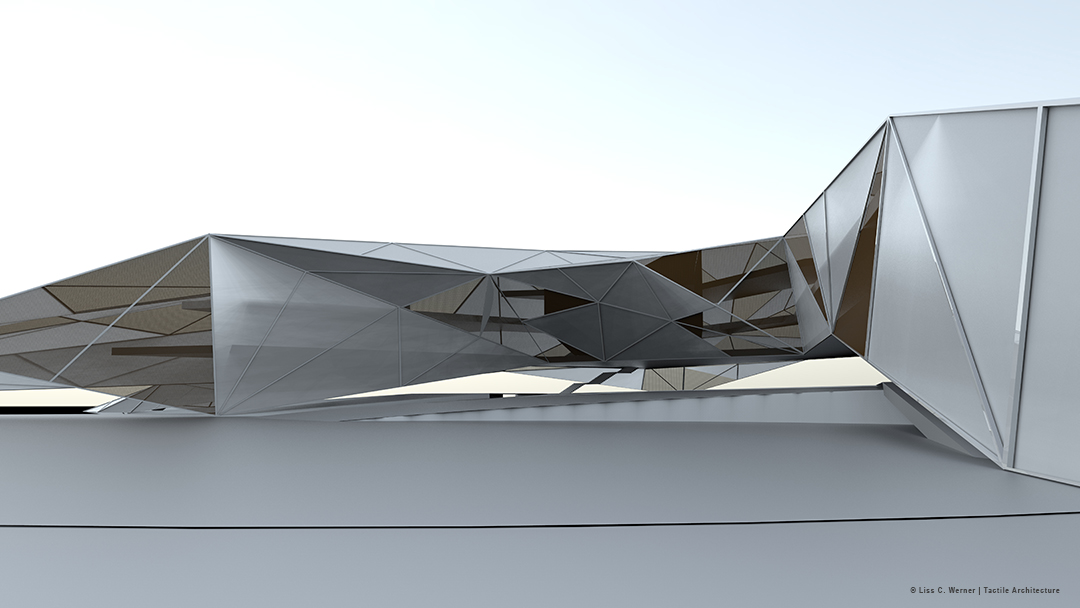
HK 02 human
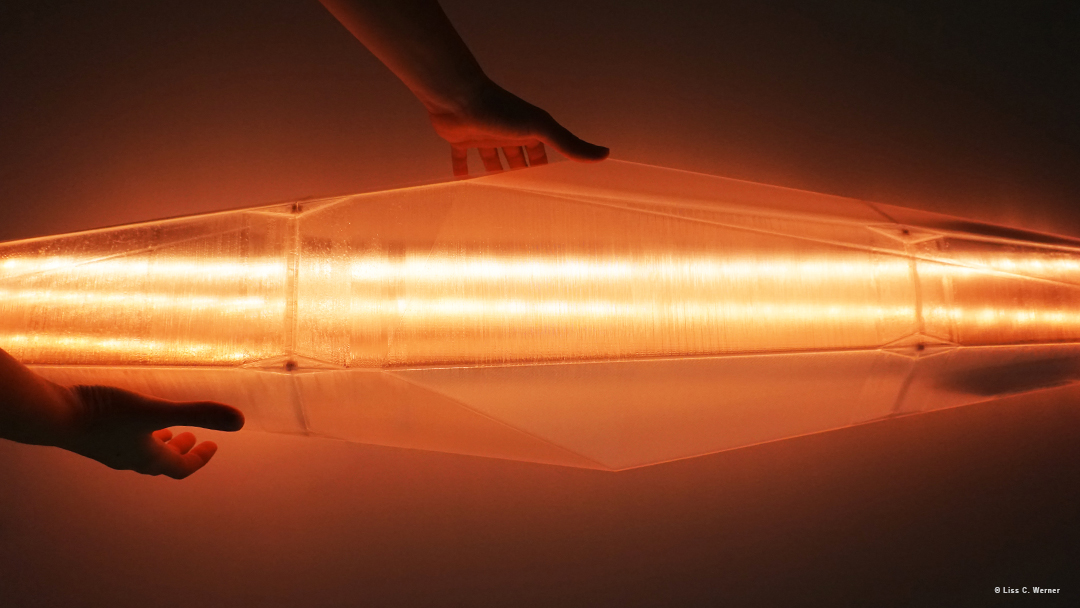
https://cyphylab.chora.tu-berlin.de/
With over 30 years in the industry and many awards under his belt, Phill Mashabane has acquired expertise in the fields of Master planning; Urban Design and Development Planning; Architecture; Museum design; Storyline Development and Exhibit Design; Interior Architecture; and Heritage and Conservation. Phill Mashabane shares with us his personal journey from growing up in a rural environment in South African to his Architectural Studies in Paris, then attending Harvard Law School.
Could you tell us a little about yourself and your professional journey?
I was raised by conservative rural parents who expected one to account for one’s actions at all times. Coming from a family of nine siblings, my parents could not afford to carry me through beyond primary education. I however did not give in to the social and economic pressures that my family faced. I carried myself through high school wherein I completed my A levels and technical studies in London. I further enrolled myself in Paris where I completed my Architectural Studies (BArch).
I worked for five years in Paris before I headed back home to South Africa being a transit Architect working in various countries including Saudi Arabia, Ghana, Guinee, Bangui, Zimbabwe, and South Africa. When I could not be employed as an Architect in South Africa due to the repressive segregation laws at the time (Bantu/Native Building Workers Act, Act No 27 of 1951), I went back to Paris and registered at a Law School to further my understanding of the legal frames I was subjected to.
Upon completion (LLB), I worked as a Research Attorney in Paris. However, Architecture was my first passion. Architecture being engrained with the lives of people, I further empowered myself with the knowledge of Mediation and Arbitration both in Commercial and Construction.
I further pursued studies and earned my MSc in Knowledge and Project Management. I furthered my people’s engagement studies (Negotiation) at Harvard Law School. Amongst other things, I also studied music and earned my licentiate credentials, and performed in an orchestra where I played a Viola and alto saxophone.
I am an avid golfer and a motorsport enthusiast. Areas of interest remain strong in Architecture, Art, Race Relations, Music, and Law.
As for my professional journey; I worked for a Competition Practice in Paris. Deployed to implement the projects I designed for construction in Europe, Asia, and Africa. Later left the employ and became a traveling Architect working in various countries making my way back to my motherland where I co-founded Mashabane Rose Architects. Mashabane Rose Architects have earned their projects through competitions and unsolicited project development.
Why have you chosen to be an Architect?
I chose to be an Architect at an early stage as I viewed that to be an Architect was a composite of being a solution provider to social demands. Being an Architect requires one to fulfill various roles including but not limited to understanding race relations, arts and crafts, law, etc. in my journey, I have made an effort to equip myself with those competencies
You have been involved in the realization of major projects, but If you have to choose only one, which one’s would it be and why?
All the projects I have been involved in are unique and have their significance and are impactful in their own right. Most have been legacy projects that seek to record and uplift the lives of people. These have presented themselves at another level as Memory projects. One project that has gotten me to look deeper is the Mandela Capture site wherein the process to arrive at the final establishment, has gone through various social and community loops where my varied expertise was at play.
Freedom Park

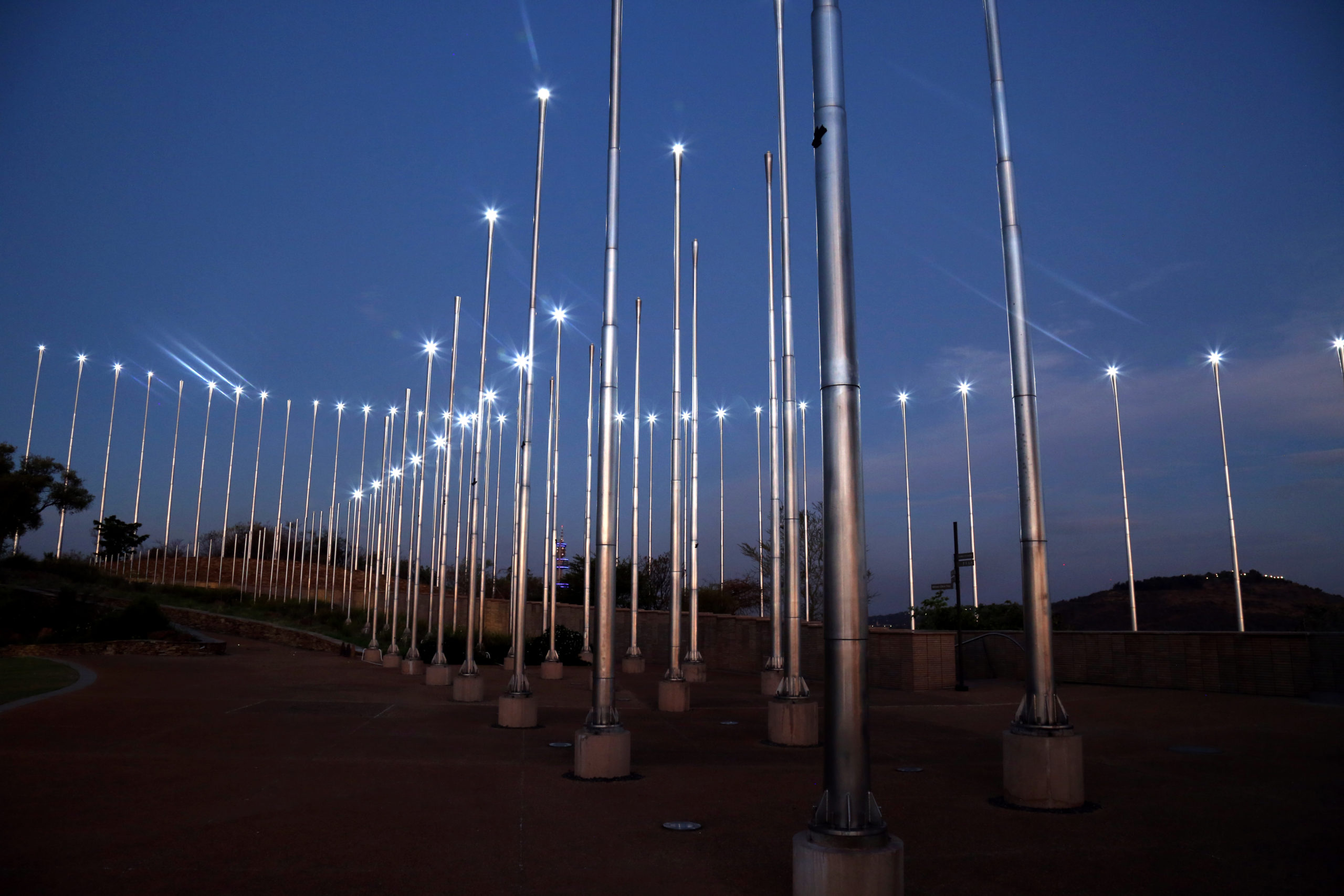

In 2016, you have received the “Lifetime Achievement award for excellence in the field of Architecture” by the South African Professional Services Industry. Can you share more about this recognition?
This was a humbling acknowledgment by my peers and many institutions that I have engaged with and served, particularly in the field of Architecture and professional practice.
You are part of various professional groups or affiliates; what is the most fulfilling part for you to be involved with many associations?
The most fulfilling part is to add value and intervene where necessary to make others realize progress.
Can you please share with us, what are the main challenges when working on Architectural projects in South Africa or Africa in general?
The main challenge, in general, is to deal with a client that is not informed of the impact of Architecture and who looks out for “wow effects’ than the reason and functionality of the architectural intervention
Last, what would be your advice as an experienced Architect to Emerging talents?
Every course affects. Emerging talents should not disregard the morality and ethics of their intervention as it may have long-lasting effects on those that may be ignorant of their activities.
Museum of African Liberation – construction on process
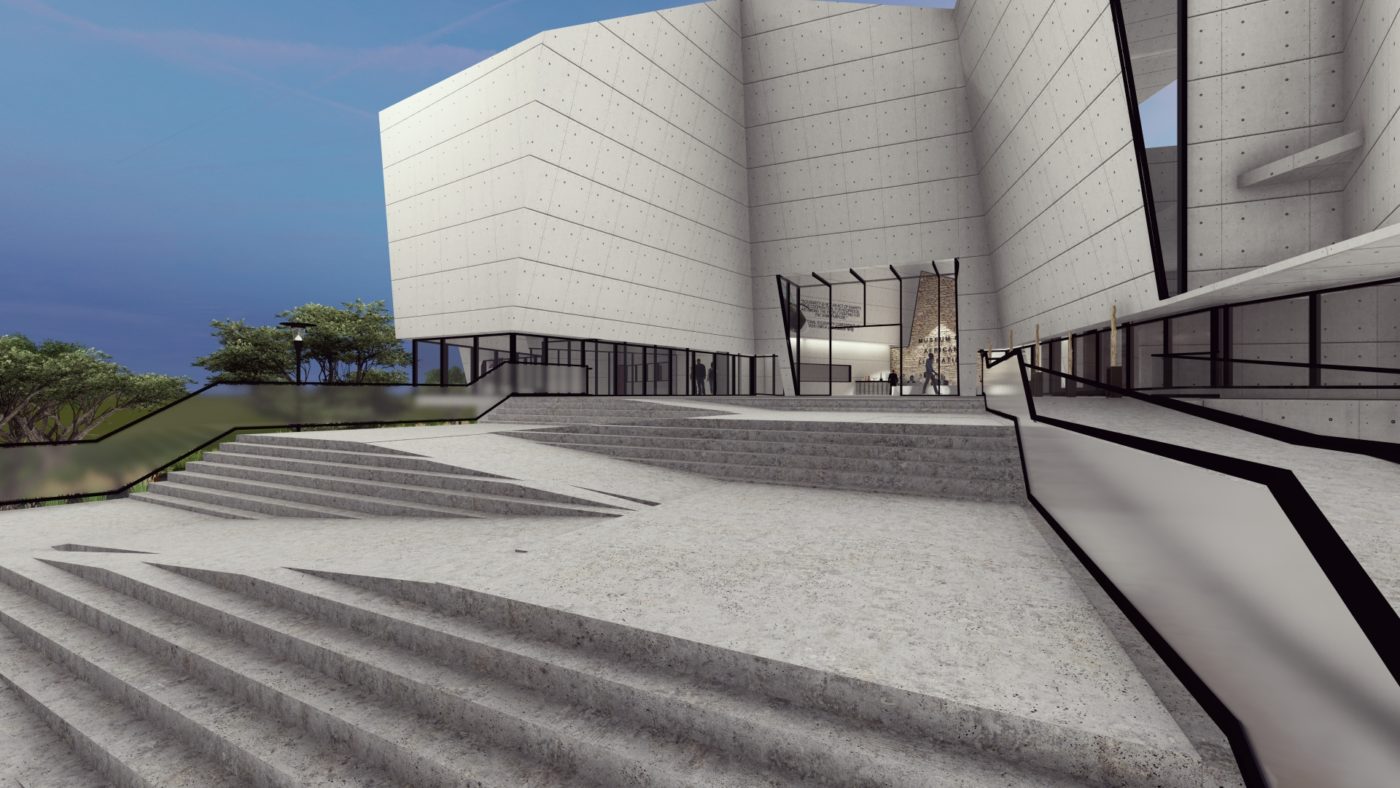
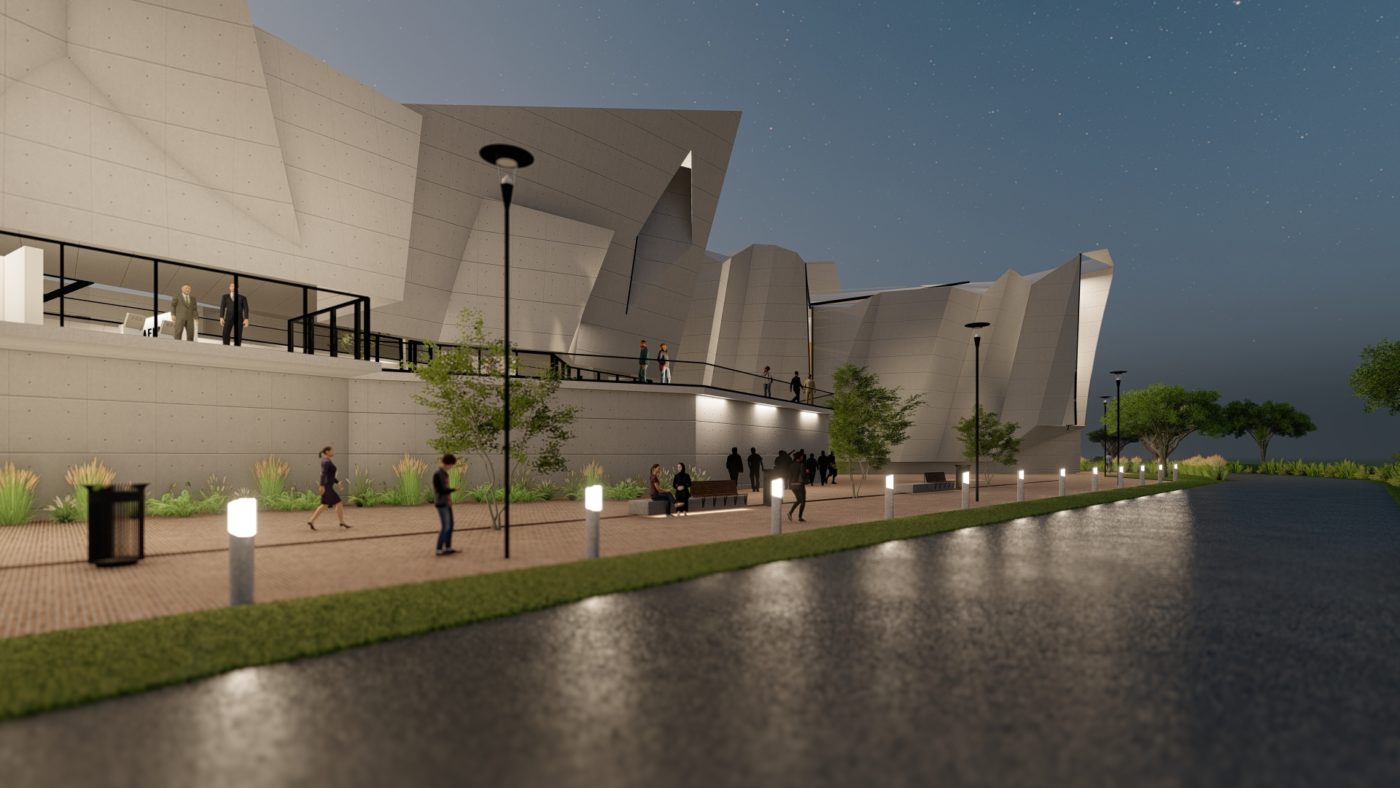
Dinosaur Museum

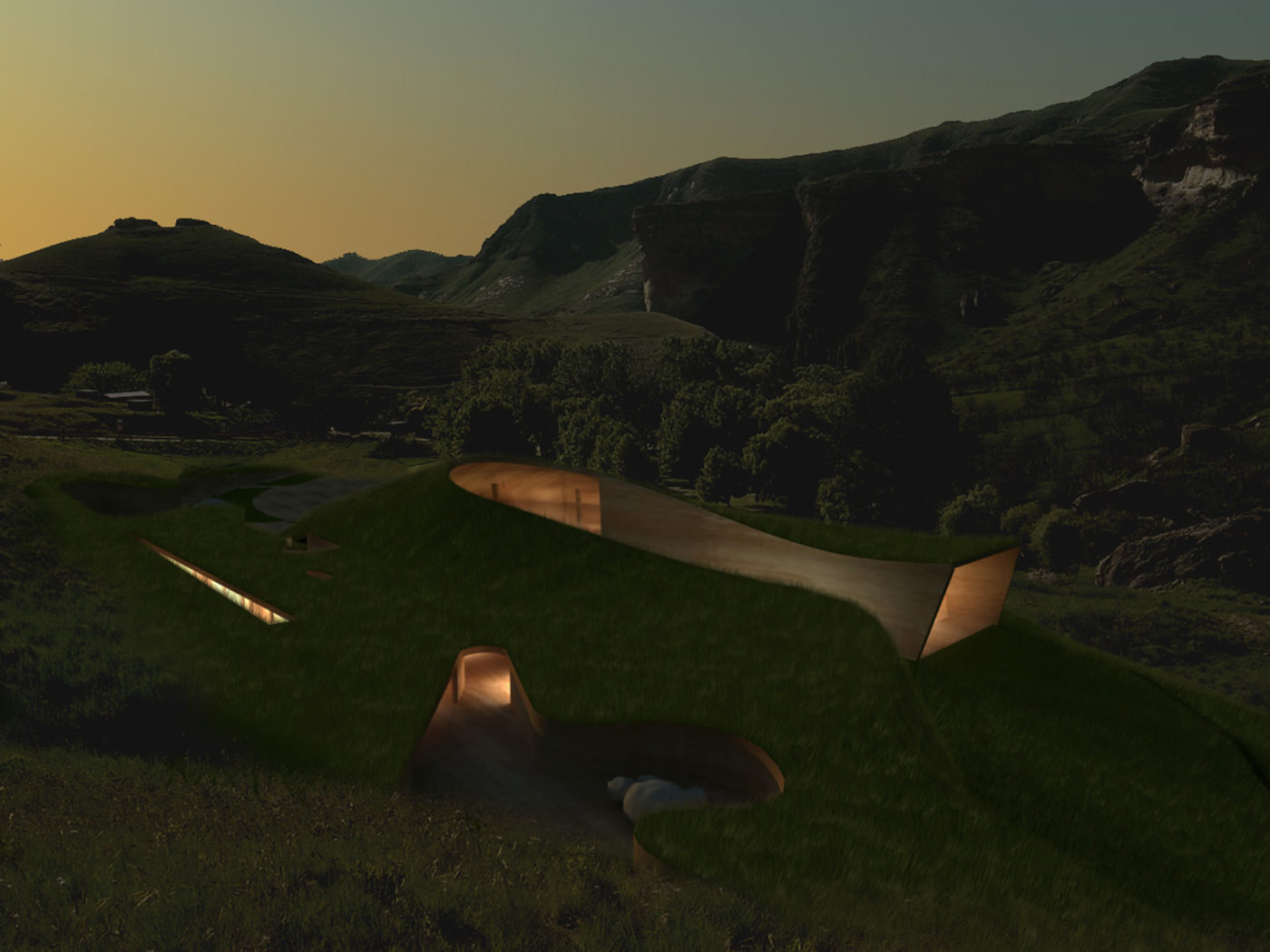
Helle Juul is an Architect, Ph.D and Founding Partner of Juul | Frost Architects, a consulting firm for many of the largest educational institutions and Scandinavian cities in the fields of strategic urban development, urban spaces, and campus development. Helle has more than 35 years of experience from her practice and as a research and international lecturer and guest professor, jury member on national and international architecture awards. She is Vice President for the International Urban Development Association, member of the European Cultural Parliament among other organizations. Hellie is sharing her professional journey and her engagement in various associations.
Can you tell us a bit about your professional journey? Where are you based?
I graduated as an architect from the Aarhus School of Architecture back in 1981, and my PhD from the Royal Danish Academy of Fine Arts School of Architecture from 1994. The year I finished my PhD, I founded Juul | Frost Architects with my husband and business partner, Flemming Frost. Today, we are an interdisciplinary studio with around 30 employees located in Copenhagen, but we work across all of Scandinavia, and currently also in Russia.
You founded “Juul | Frost Architects”, when and why did you decide it was time to start your own company?
After more than 10 years of research, teaching, and curating of international architecture exhibitions, I longed to apply knowledge to practice. I believe that the architectural practice qualifies research – it creates a necessary dualism between theory and research on one side and practice on the other side.
The application of research has been one of the recurrent themes during my career, which to a high degree has also defined Juul | Frost Architects’ DNA. Juul | Frost Architects have been responsible for several research projects, among others the 3 years long development projects ’Public Space as a catalyst for change’ and ‘Campus Areas of the Future – from the Academic Village to Global University Hub’. Projects that developed new approaches and pragmatic tools, that redefined how we think and design public spaces and campus areas in Scandinavia.
What are your role and responsibilities as Vice President for the International Urban Development Association (INTA)?
I was elected as Vice President based on my experience and my research in urban development, and based on Juul | Frost Architects’ focus on promoting health through urban planning – A focus our studio shares with the International Urban Development Association.
Together with the other board members of the International Urban Development Association, I am responsible for facilitating the international exchange of ideas and knowledge through collaborations, peer-to-peer panels, masterclasses and much more. I believe the international and interdisciplinary exchange is the key to innovative solutions.
What do you think are the biggest challenges and opportunities in your industry now?
With the increasing urbanization, the design of our cities, public spaces, and built environment will have a greater impact on our health and well-being as well as our health cultures: How we live our lives, our behavior, and the choices we make. Both with regards to our physical, but also mental and social well-being. Social segregation, urban loneliness, and an increase in sedentary lifestyles are just some of the challenges urban dwellers face.
I believe, that architecture plays an essential global role and is an important instrument in the development of society. For me, the role of the architect revolves around people. I’m interested in how architecture and urban spaces can act as the social glue, how they can address people’s needs, and how they can play a role in promoting their quality of life.
What are you working on at the moment, and do you have any upcoming projects or collaborations that you’re able to tell us about?
We have just initiated the interdisciplinary research project “The future’s urban health culture” supported by Realdania. The project’s goal is to secure the link between health and urban planning and to develop new tools and recommendations to work holistically with the promotion of social, physical, and mental well-being across scales.
The research project is to some extent a continuation of our focus, in our former project ‘Cities of Well-being’, where we developed a framework to secure resilience, identity, social sustainability and climate-friendly development. A framework we have applied in our integrated landscape designs, that merge natural preservation, climate adaption and promotion of biodiversity with the promotion of social, mental and physical well-being.
Arena Park Airview by Juul Frost Architects
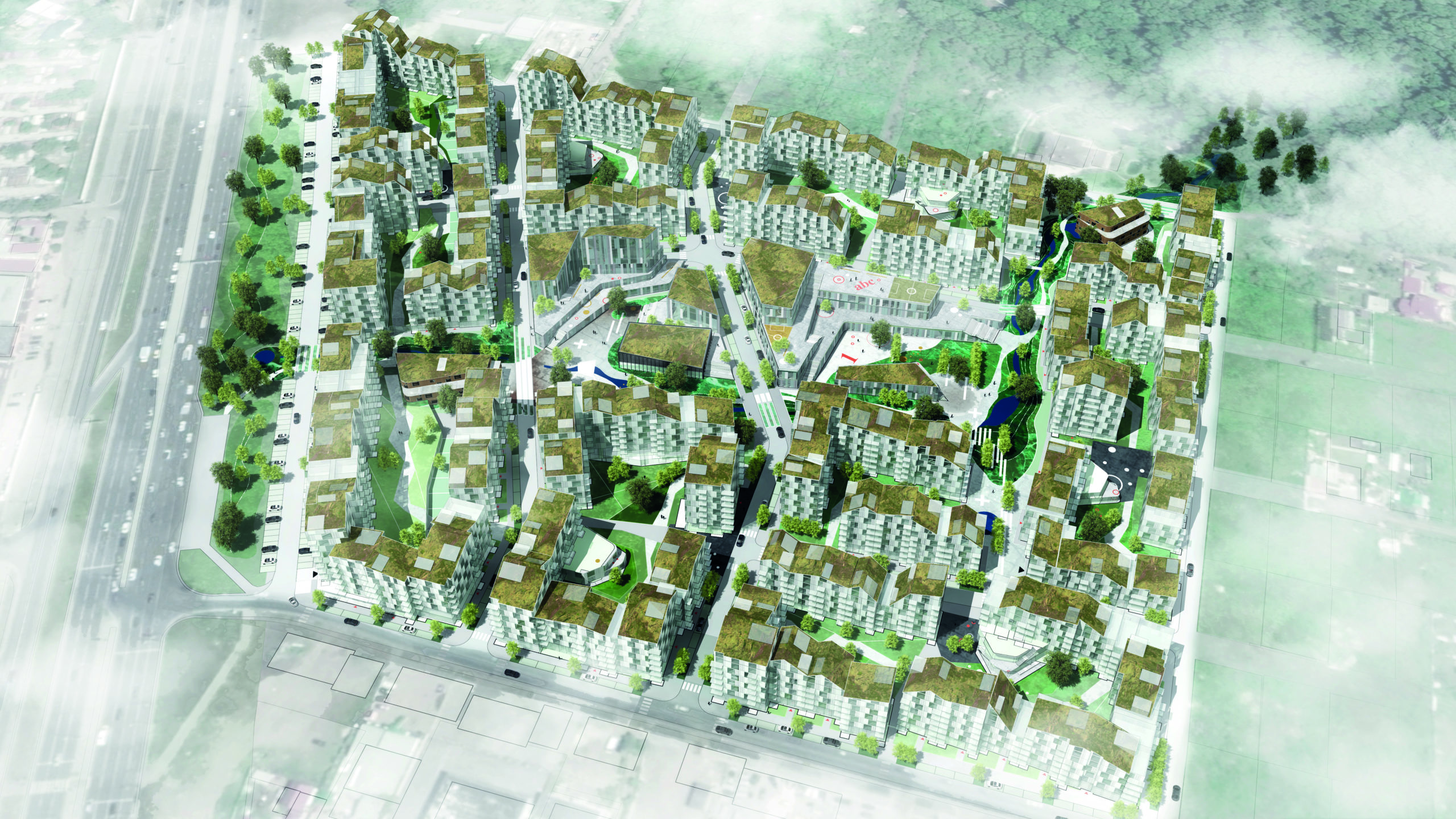
Arena Park View by Juul Frost Architects
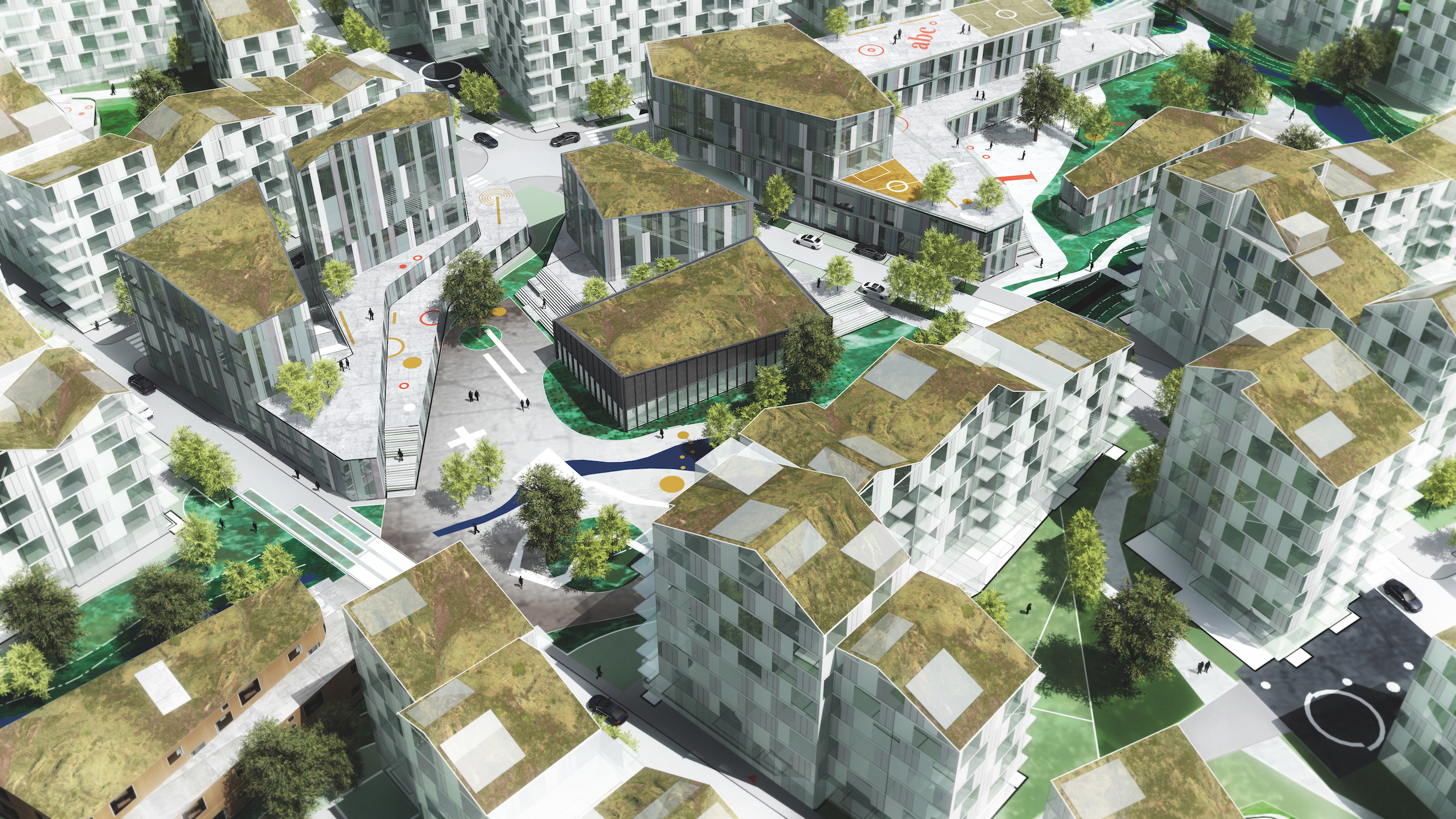
Last, aside from your passion for Architecture and Urbanism, what are you interested in?
I’m inspired by the arts, both literature, painting, sculpture, photography, and film. And how they can contribute with new perspectives on architecture and urbanism. It actually brings me back to my PhD which was a multi-aesthetic inquiry into arts interpretation of time and space. In that way, the inspiration from other fields of art and other disciplines has been a recurrent theme throughout all of my practice.
Campus Örebro by Juul Frost Architects
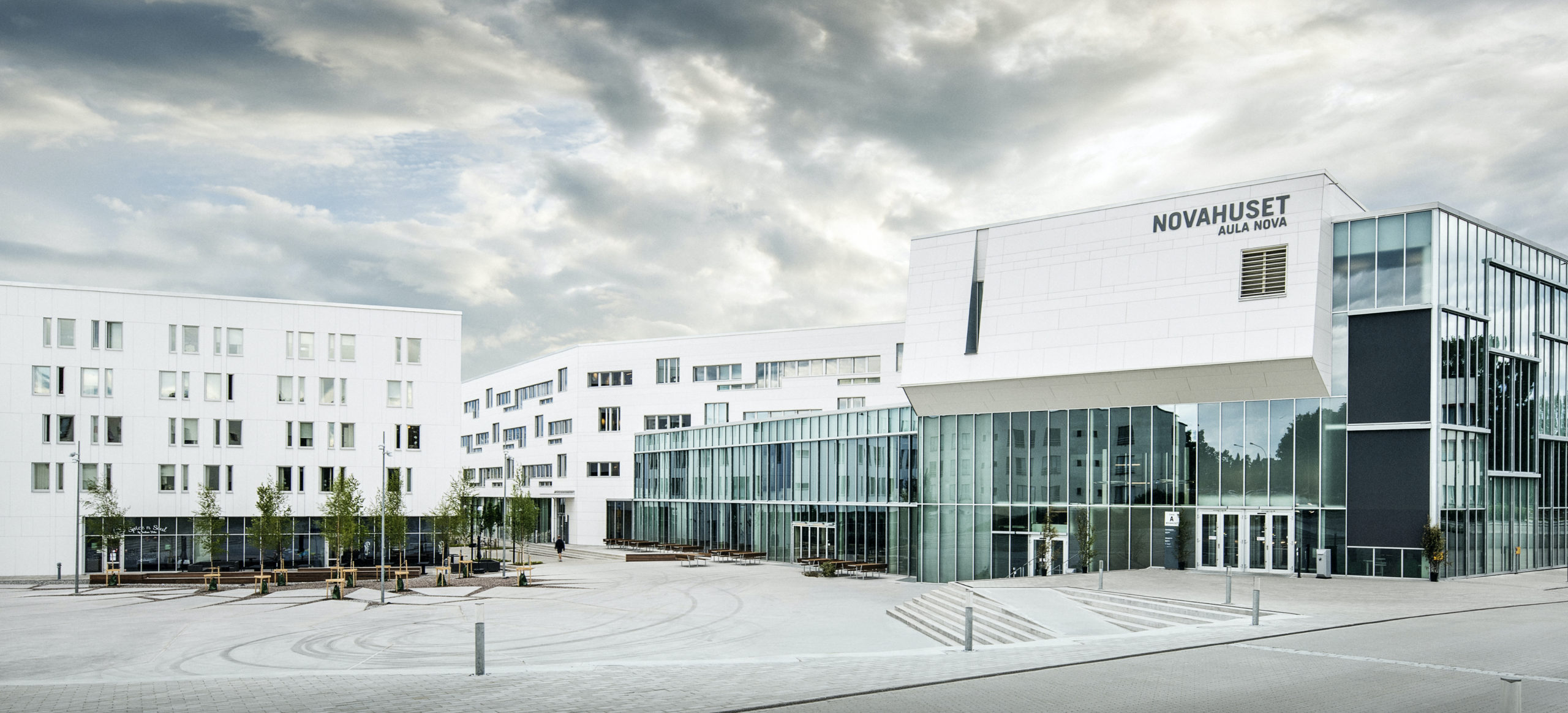
Tarkhanovo Eco-Park by Juul Frost Architects
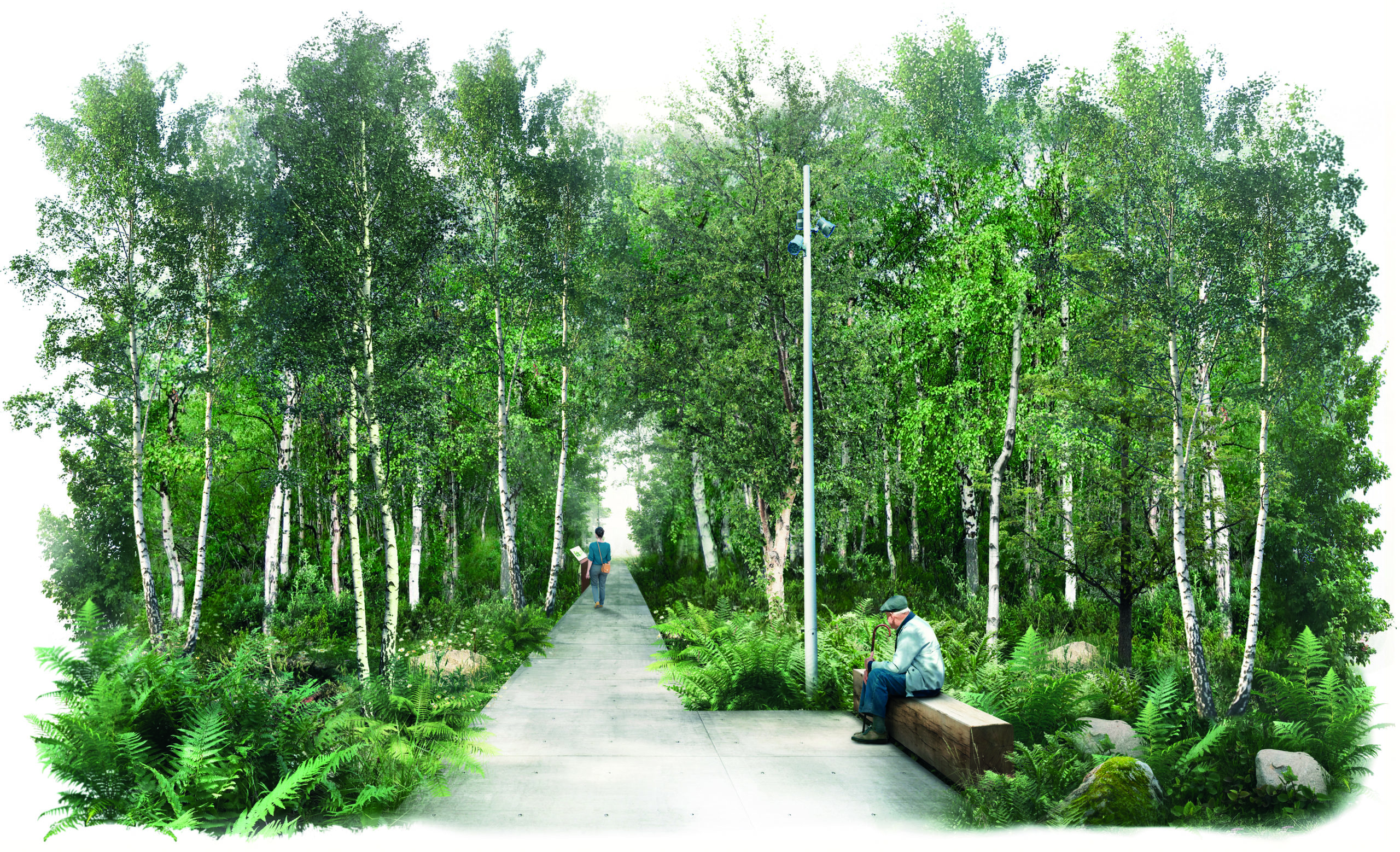
Tarkhanovo Eco-Park Plan by Juul Frost Architects
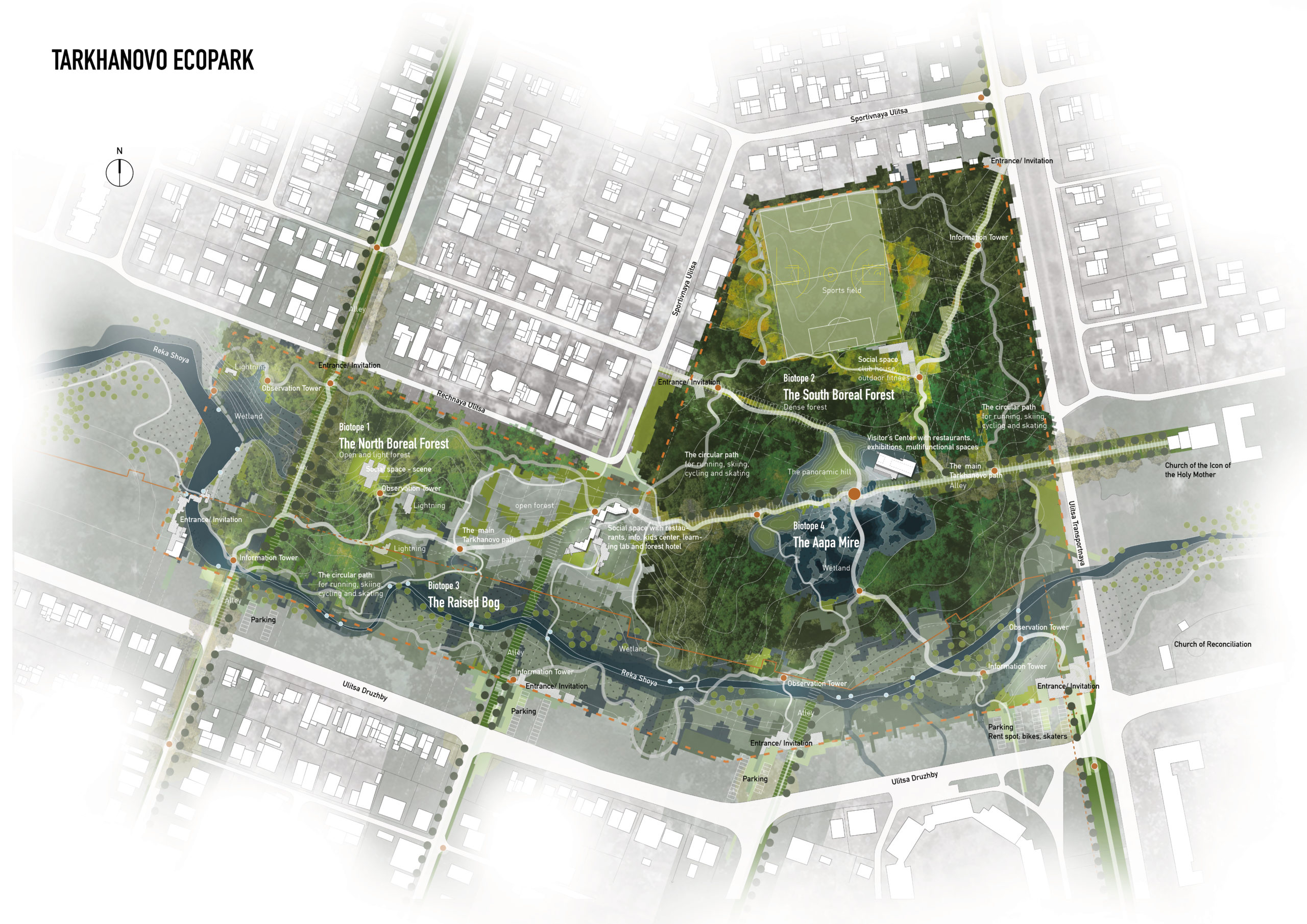
Heath Gledhill is qualified in both design, management, and business as well as having a keen interest in Architecture, Urban Design, and Landscape Architecture. His passion for best practice project management combined with excellence in design and delivery, lead him to a Design Integration Practice Leader at Aurecon in Australia. Heath is part of the BLT Built Design Awards Jury panel and shared with us, his professional journey.
Can you tell us a bit about your professional journey? Where are you based?
I grew up in a small coastal town along the ‘Great Ocean Road’ in Victoria, Australia and have always been interested in the landscape.
From there I moved to Melbourne to study at RMIT University to study for a bachelor’s degree in Landscape Architecture, and have spent the remained of my time living and working predominately in urban environments.
My professional journey has afforded me time within the local government and consulting sectors (within Australia and multiple regions across the globe) and time within the Landscape Architecture, Urban Design, and Architecture fields. Across the journey, I have explored not only my design focus but the field of management and how this process impacts designed outcomes, which led me to undertake a Masters of Business Administration also to further support this interest.
What has inspired you to work in the Architecture and Urbanism fields?
Having grown up in a coastal landscape environment I have always been interested in the landscape and environment. This led to a natural progression to Landscape Architecture where I have been able to combine my interest in the landscape and the technical processes involved with complex projects.
Is there any specific processes or elements you make sure to include when working on large-scale projects like the Jumeriah Central and City Walk Central Park, in Dubai?
I think that it is always important to think not just about the project and its identified edges, but the broader place, context and connections. I firmly believe that the success of any project is as much about the design of the project itself as it is about understanding the place context and how people will access the site. This is especially important when you are considering large-scale sites and projects.
A method that my team has adopted is to think about the process in scales, starting with People, Places, and finally the City. This ensures that we think about how people will interact with the project and we can then consider the design aspirations from the human scale, as humans are the essential ingredient to activation of place.
What do you think are the biggest challenges and opportunities in your career/industry now?
I think that in a new, post-Covid world, one of the biggest challenges we face is how do we improve our cities and places to be safe yet inviting and accommodating the needs of the users.
One of the key areas that my team is exploring are the key ingredients which a city needs to flourish and considering how can we design road ecologies that regenerate, how can road environments be responsive to their context, and what level of amenity do individuals need to participate in resilient, joyous communities?
Post lockdown, Melbourne’s (as an example) urban environment is reacting to generously allow for human connection. Inner-city precincts are expanding bicycle networks and offering car spaces back to commercial enterprises in a bid to support community infrastructure and economy. We’re witnessing a re-imagining of road infrastructure and its role in supporting the vitality and health of our cities and people.
Design Integration has taught us that experiential qualities like ‘vitality’, ‘productivity’, and ‘liveability’ are often rooted in the quality, frequency, and richness of our connections with one another.
What are you working on at the moment, and do you have any upcoming projects or collaborations that you’re able to tell us about?
A core focus of my and my teams work now is focused around transport and the integration of these networks into our urban environments.
Two key projects which I am involved in at the moment with Melbourne (Australia) is the Airport Rail Link and Suburban Rail Loop projects, which are large scale, complex urban and precinct focused projects which will ultimately change the way in which people move and interact with the city, suburban areas and beyond.
These are once-in-a-lifetime scaled city-shaping projects, which are highly challenging, yet rewarding in their scope and long-term opportunity and legacy outcomes.
Last, aside from your passion for Architecture and Urbanism, what are you interested in?
In a pre-covid world, travel and exploring new places was a keen interest. Throughout my career to date, I have been lucky enough to travel to many places around the world exploring built form, urban and regional realms.